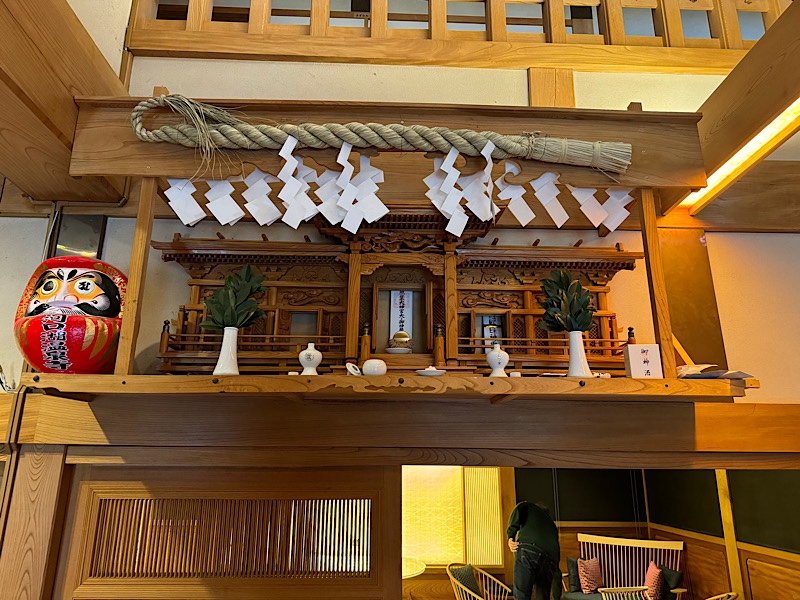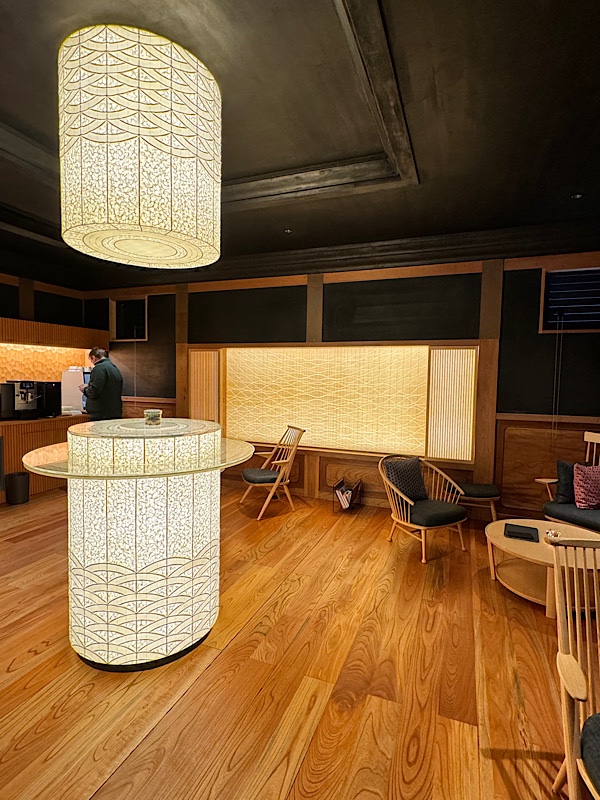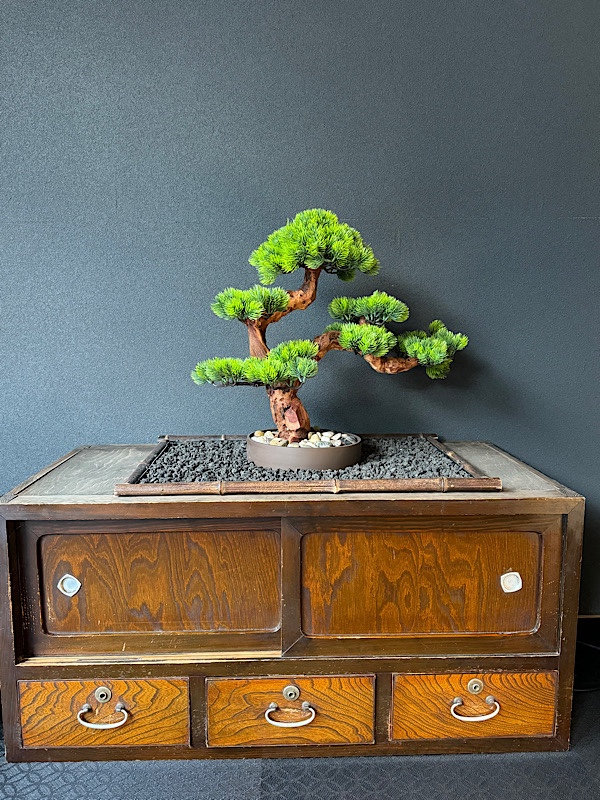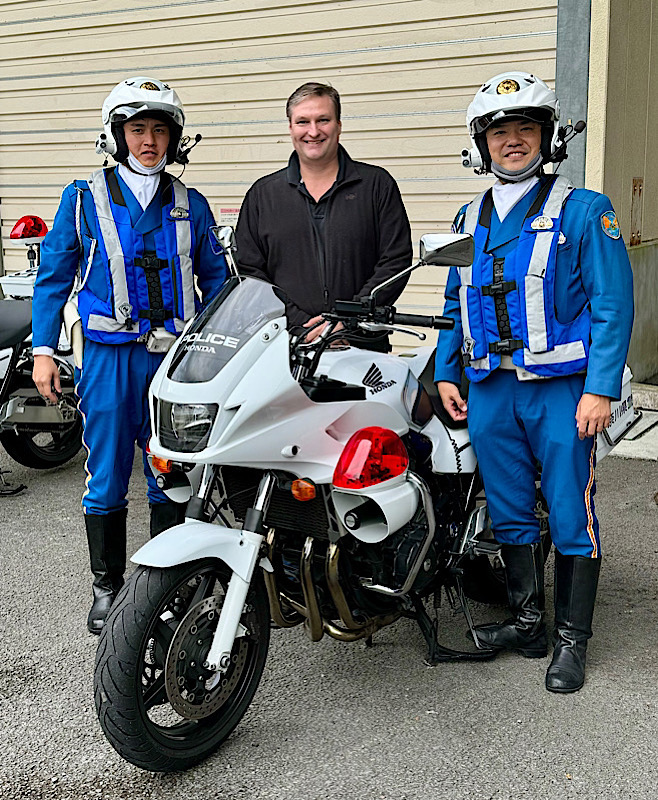We had a lovely drive from Fujikawaguchiko to Kamisuwa though we have been finding it a bit of a struggle with the Japanese GPS. She (nicknamed Sondara, of course!) can get mighty confusing, especially given every time we need to enter in new directions, we need to start with prefecture, ward, street name, street number and she never seems to recognises businesses or important landmarks. I’m sure we will get the hang of giving Sondara decent directions – right about the time we get ready to leave to Japan.
We got to our hotel without too many wrong turns and it is really lovely. It’s sometimes difficult booking hotels on foreign language sites but I find doing your research on the dreaded booking dot com first, can take some of the guesswork out of what you are booking. 🙂
I fell in love with this tree in the foyer – it is white but with clever lighting it looked like a wisteria, a cherry blossom tree, an autumnal something-or-other about to lose its folliage…neat trick.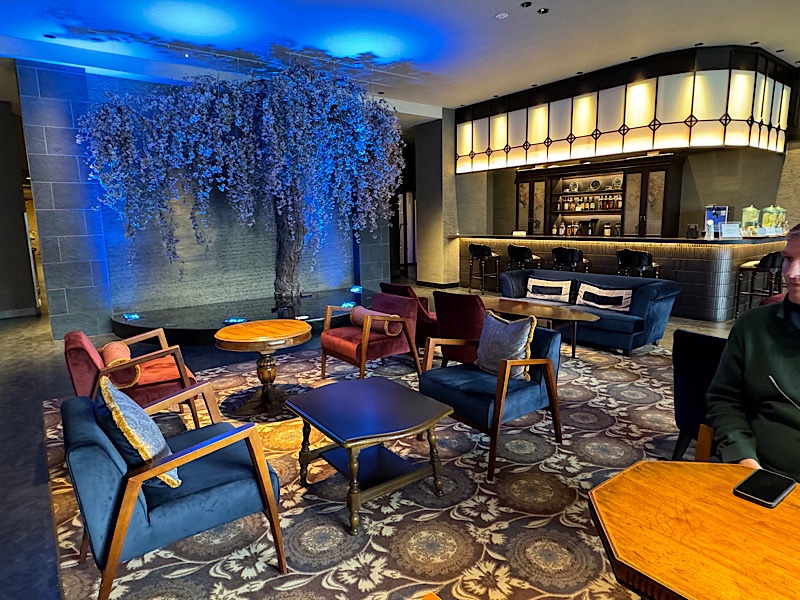 Our room was on the top floor and by Western standards it was huge – by Japanese standards it was downright palatial in its generous dimensions.
Our room was on the top floor and by Western standards it was huge – by Japanese standards it was downright palatial in its generous dimensions. 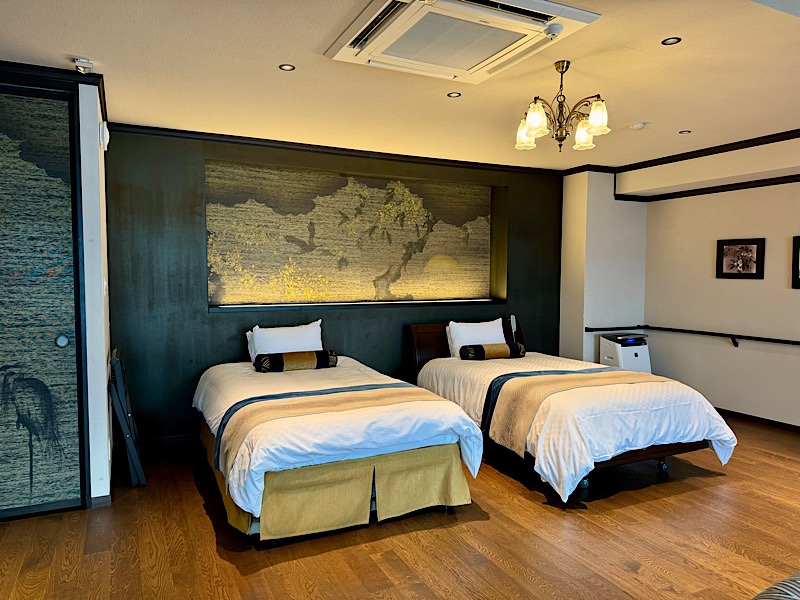 Generous sitting area, dressing room, shower space, and on the balcony…
Generous sitting area, dressing room, shower space, and on the balcony…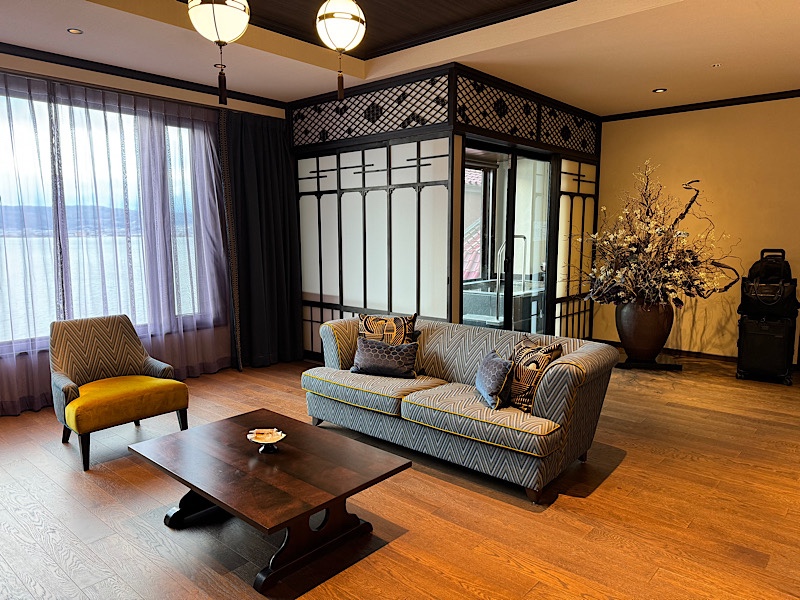
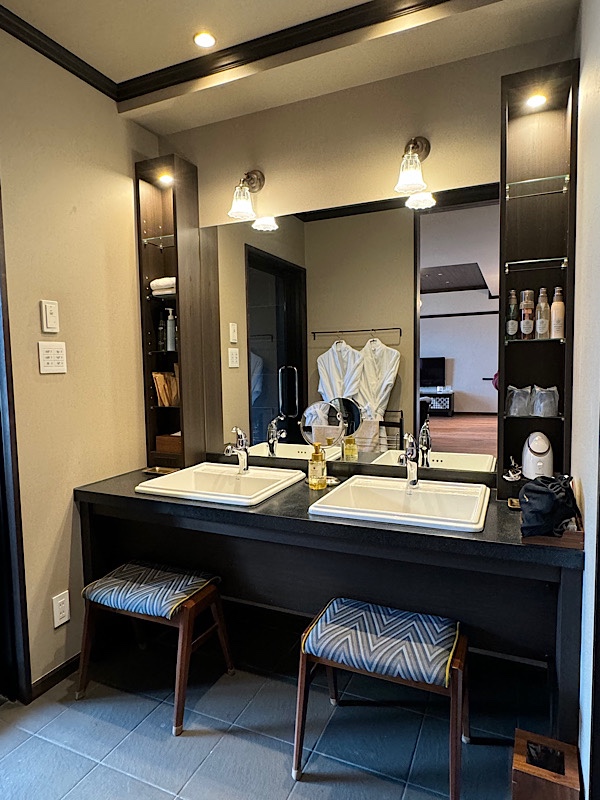 … another delightful onsen bath. Here the water temperature is coming out of the ground at a blistering 60C, but thankfully the were well located taps to choose the correct amount of fresh piping hot onsen mineral spring water and cold water so you could adjust the bath temperature to your liking. And if you think I didn’t bring a waterproof bath thermometer with me – you’ve obviously never met me! I’m a particularly anal retentive traveller.
… another delightful onsen bath. Here the water temperature is coming out of the ground at a blistering 60C, but thankfully the were well located taps to choose the correct amount of fresh piping hot onsen mineral spring water and cold water so you could adjust the bath temperature to your liking. And if you think I didn’t bring a waterproof bath thermometer with me – you’ve obviously never met me! I’m a particularly anal retentive traveller. 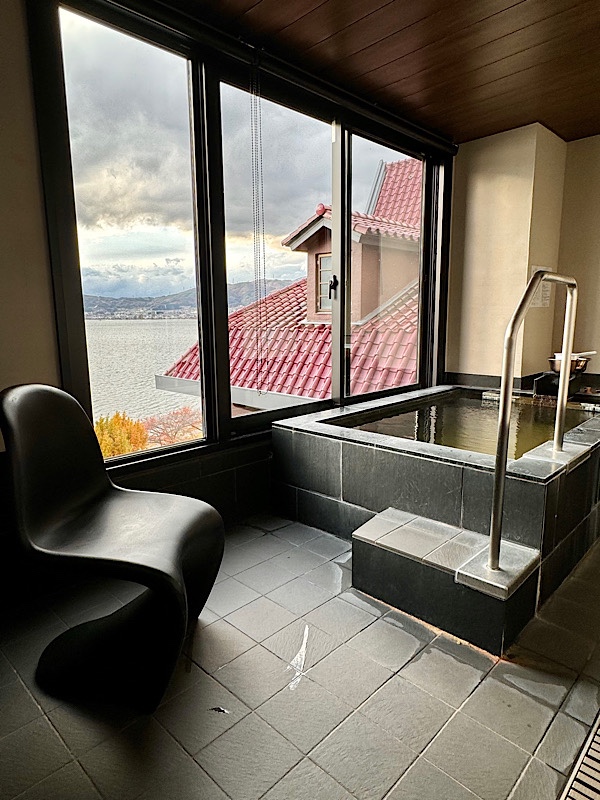
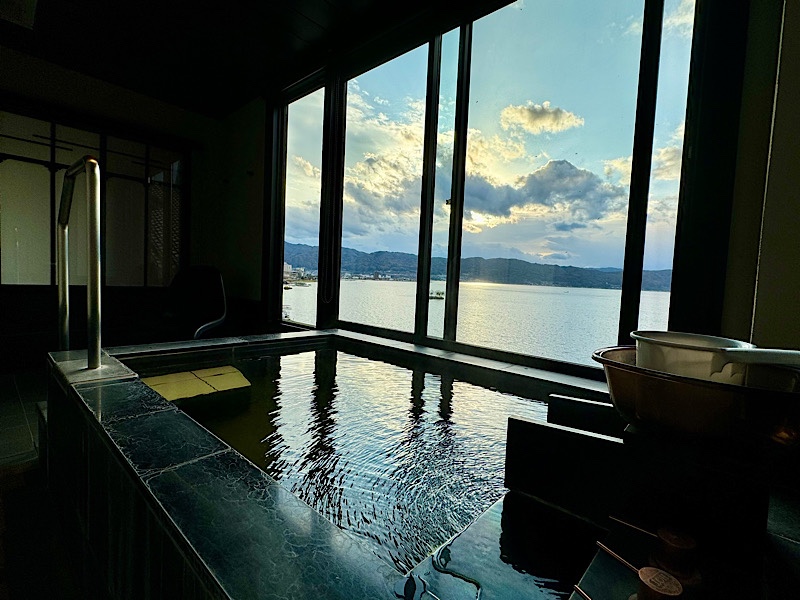 Maybe this is the advantage in booking a trip so far in advance – by the time you arrive you have largely forgotten what you have booked! The view from the huge living room picture window was magnificent.
Maybe this is the advantage in booking a trip so far in advance – by the time you arrive you have largely forgotten what you have booked! The view from the huge living room picture window was magnificent. 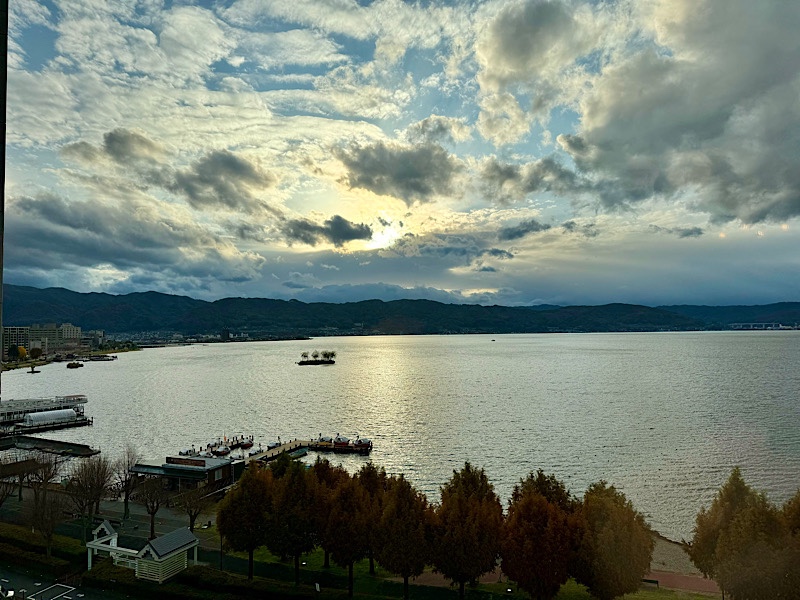
After a soak and some saké (no, not the juice box kind!), we readied ourselves for another kaiseki dinner in the hotel’s restaurant. Japanese dining rooms are fabulous with their enclosed private spaces – it’s quiet and secluded and no worries from nearby diners’ coughs (is it Covid or a heavy smoker? Who knows?)*.
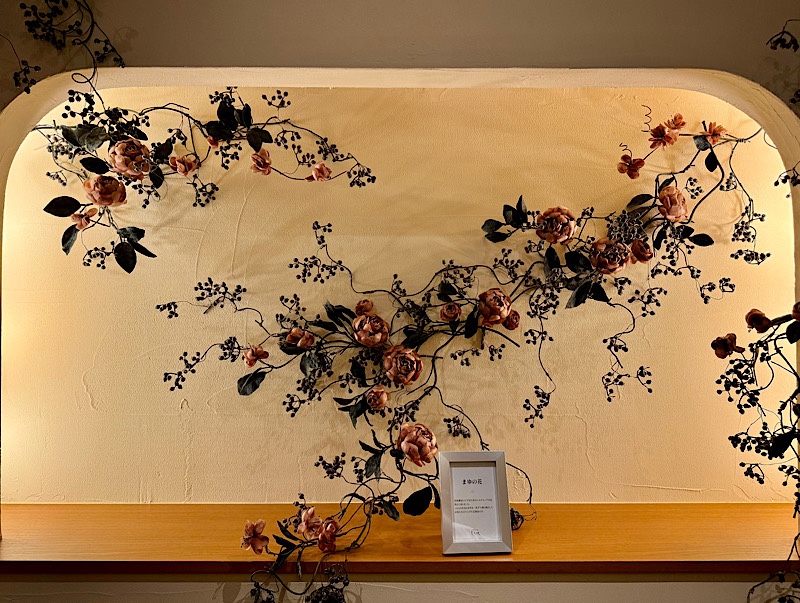
Diner proved to be another luxurious affair – so many dishes all just for one person.
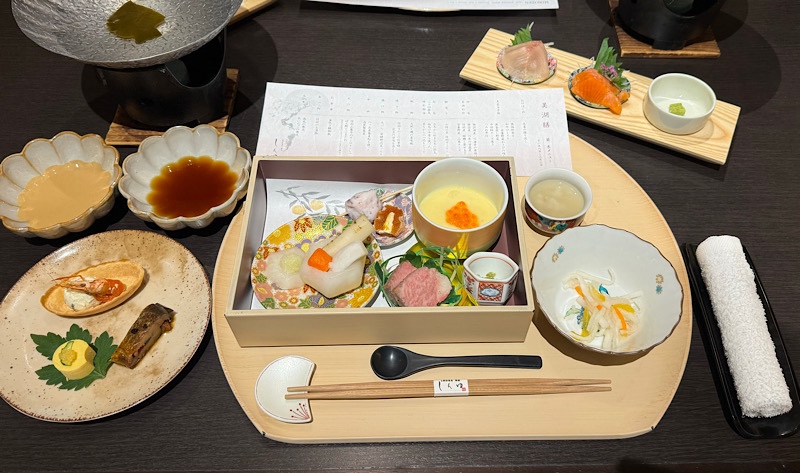

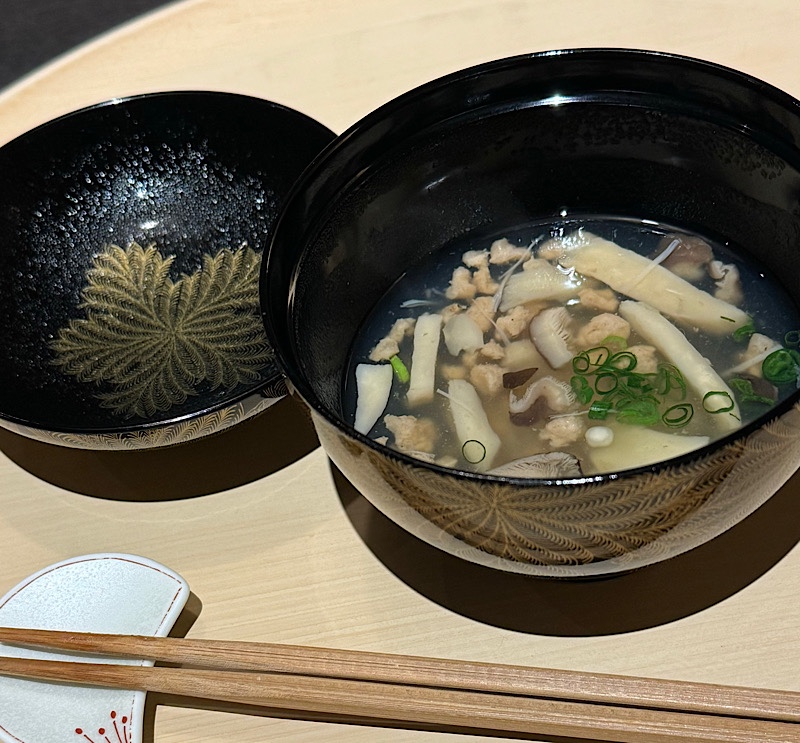
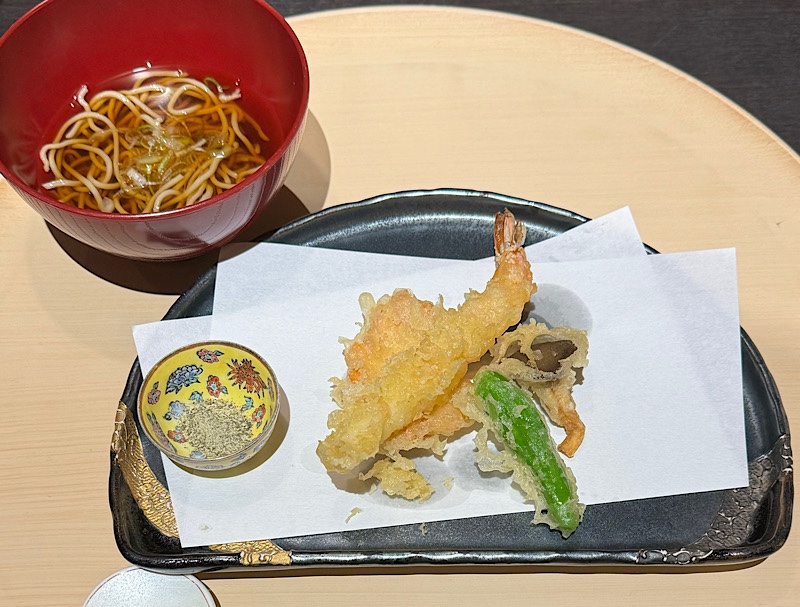
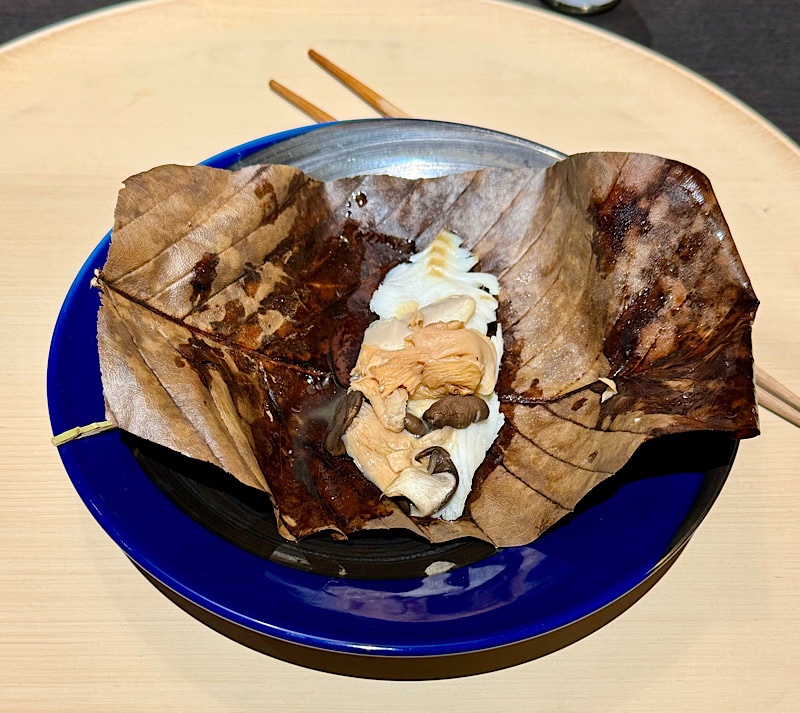 Shaba-Shabu… always delicious, but part of me kinda resents having to cook my own food when I’m dining out! 😉
Shaba-Shabu… always delicious, but part of me kinda resents having to cook my own food when I’m dining out! 😉 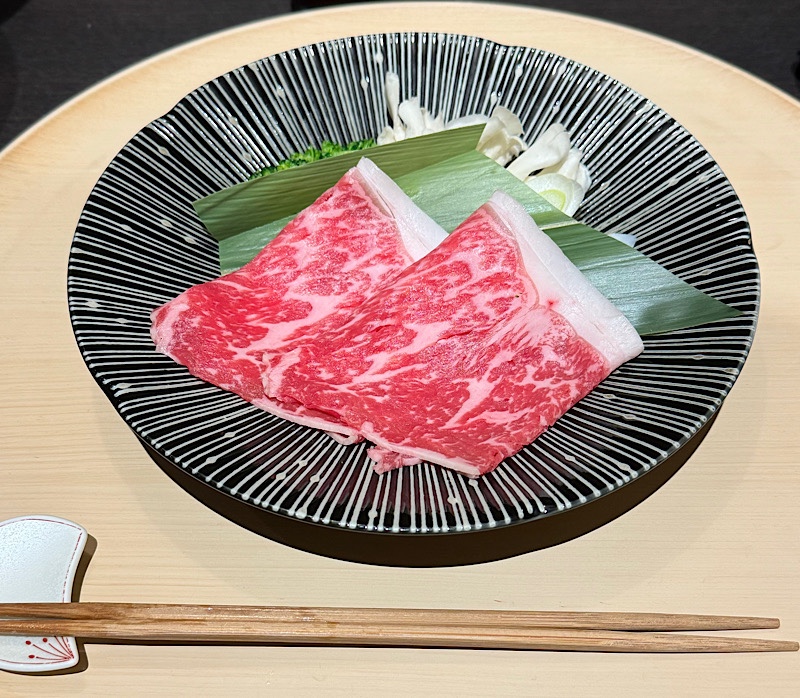
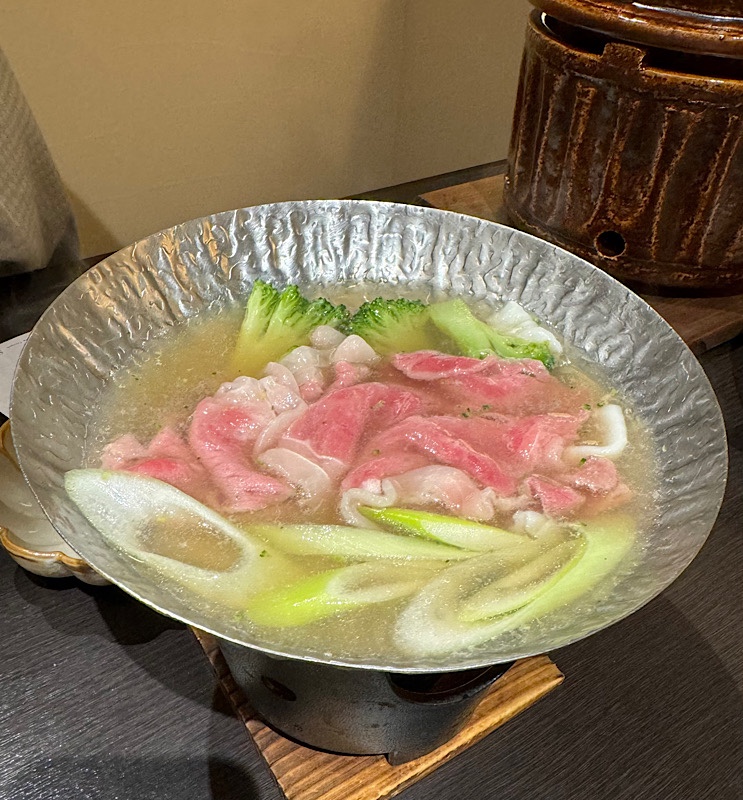
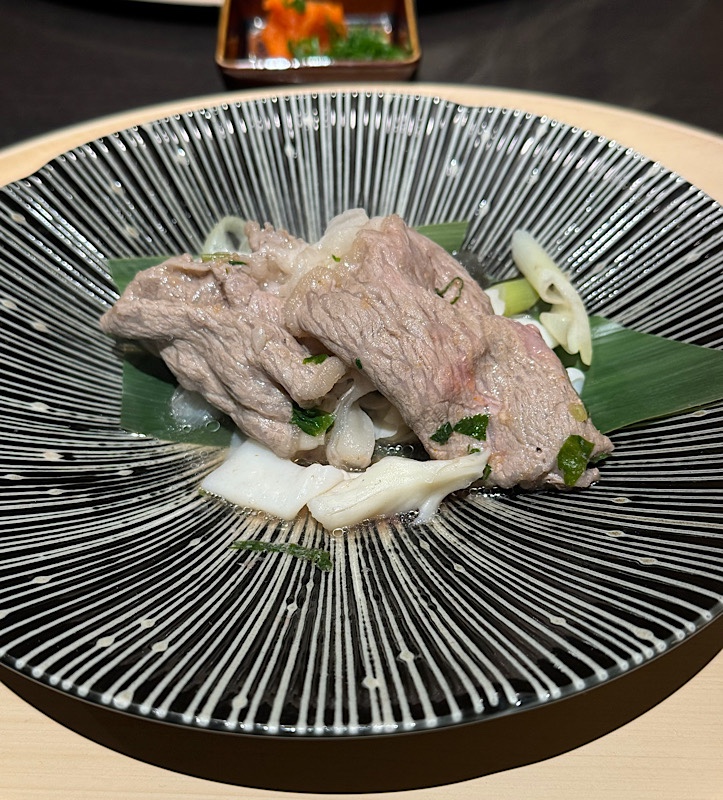 Unagidon was an nice unexpected surprise… it was sitting in a large clay pot simmering away when we walked in. It was not as sweet as they serve it back home; delicious.
Unagidon was an nice unexpected surprise… it was sitting in a large clay pot simmering away when we walked in. It was not as sweet as they serve it back home; delicious. 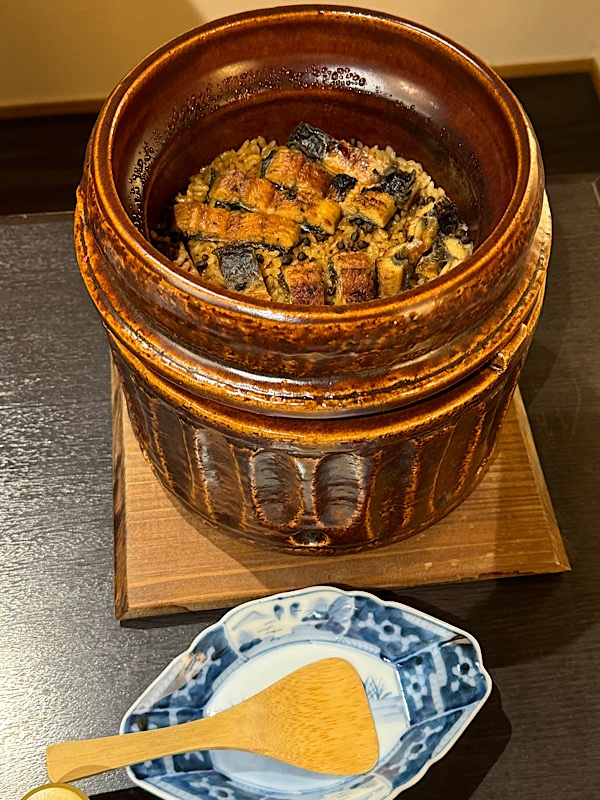
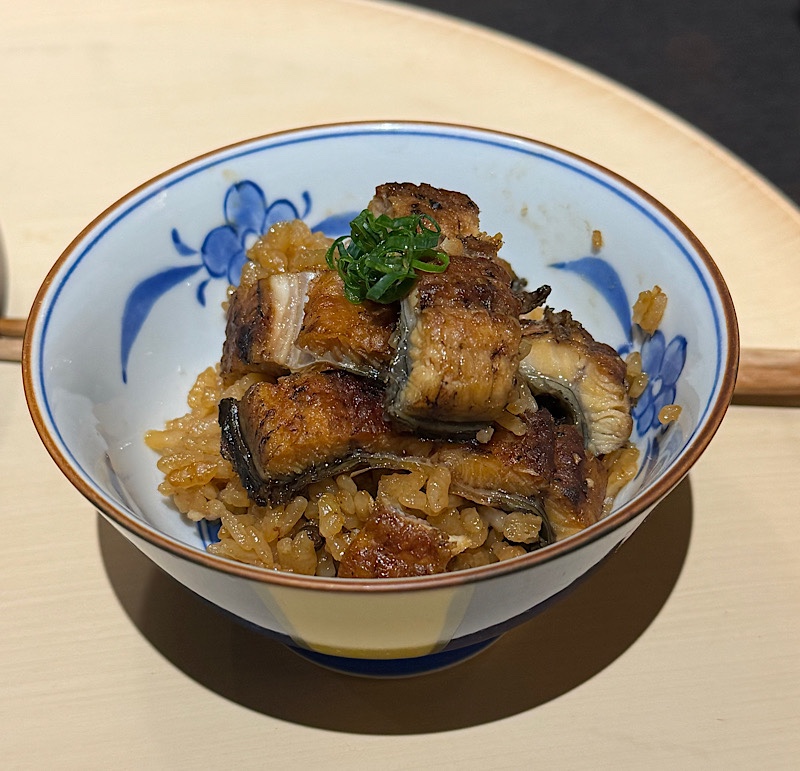 Then there is still more… desserts still to come.
Then there is still more… desserts still to come. 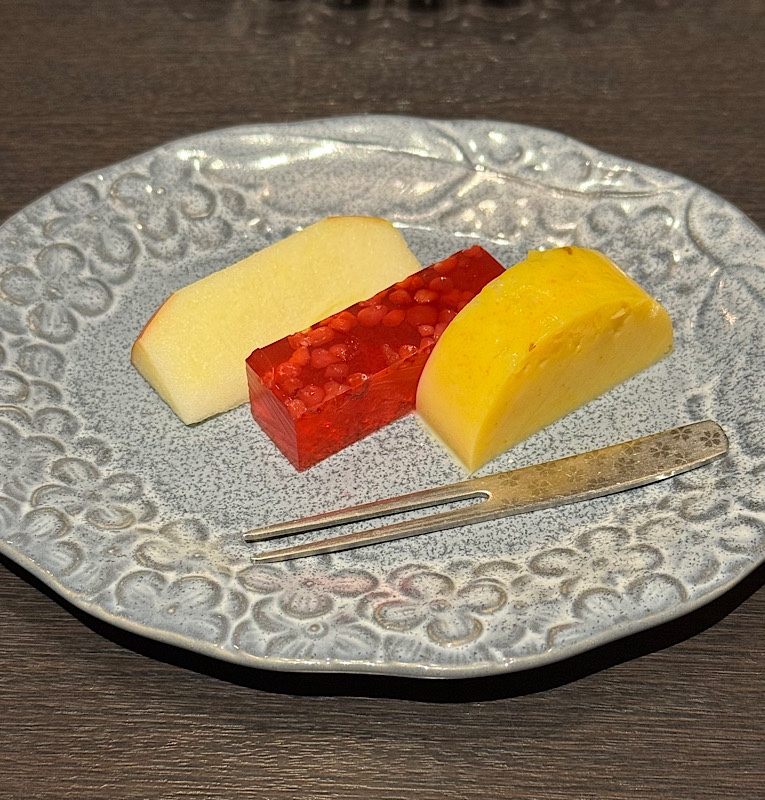 And I say desserts… for there were several.
And I say desserts… for there were several.
Sugar on sugar with a sugar motif, but beautifully presented. 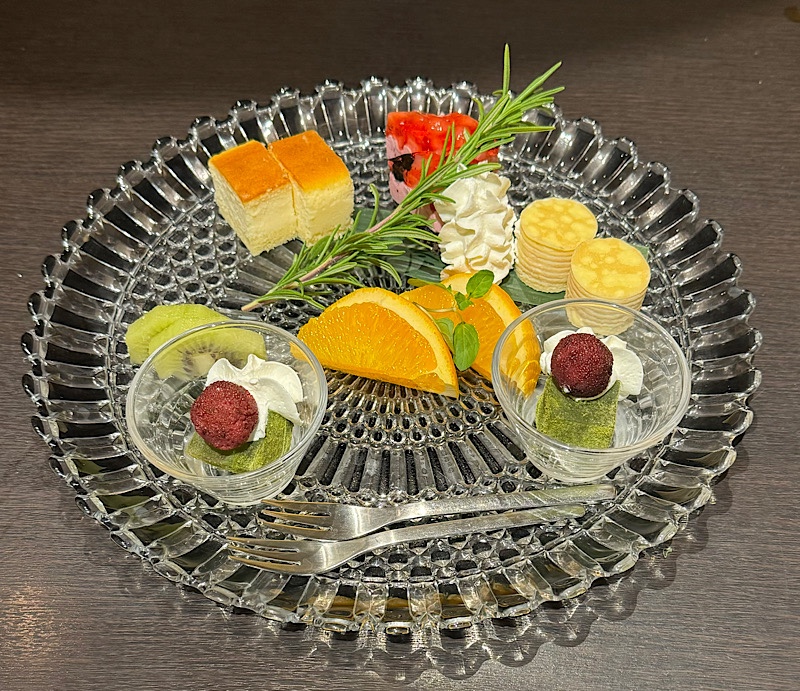
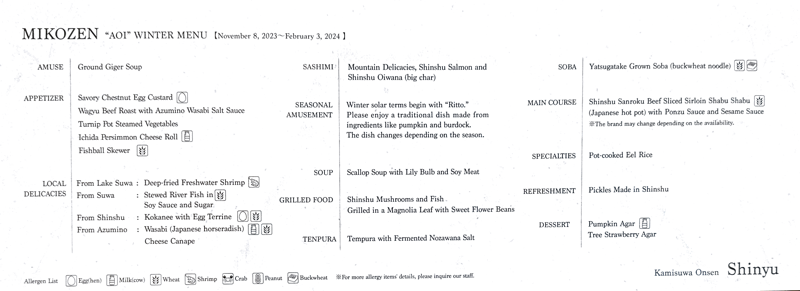
After dinner it was more soaking and saké – seriously, I may never want to return home…
We did have a slightly weird evening interlude when finally attempting to retire for the night… an ungodly glow coming from a fancy lighting wall panel that could not be dimmed or turned off, and was inconveniently place right beside the beds. Dangnabit, but I have left my duct tape in the suitcase I took to NZ week before last and I had nothing with which to kill this unholy fluorescence.
Unkillable LED lights are on my list! #HotelPetHates
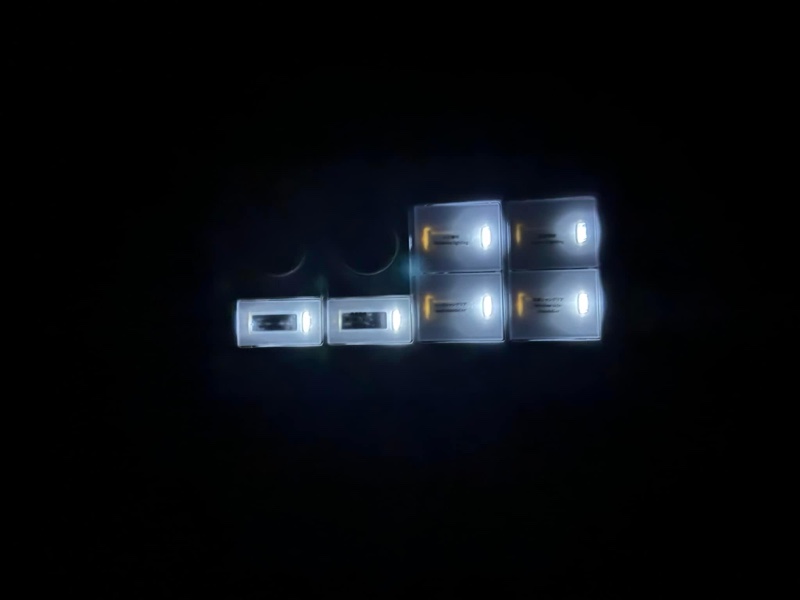
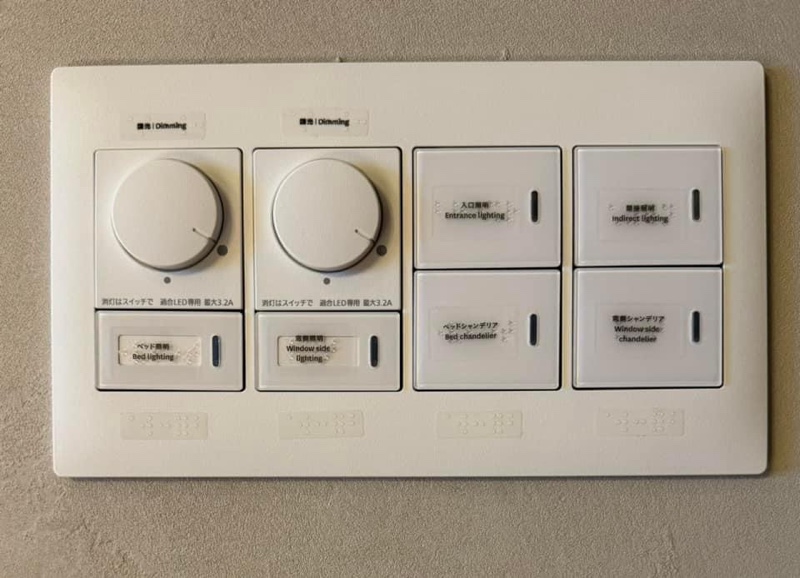
The onsen was calling my name again in the morning and I have to say the view over the lake was spectacular! The weather had cleared somewhat and blue skies showed a day full of promise. A great day for a road trip. 🙂
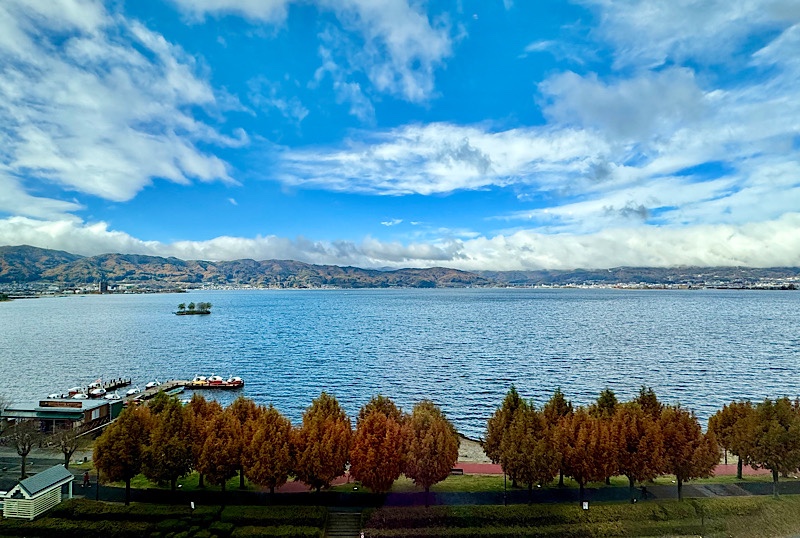
But before we move on from the Kamisuwa Onsen Shinyu, there is always time for breakfast. Down to the first floor restaurant we went, and were once again escorted into a beautifully decorated and cosy private room for a magnificent meal.
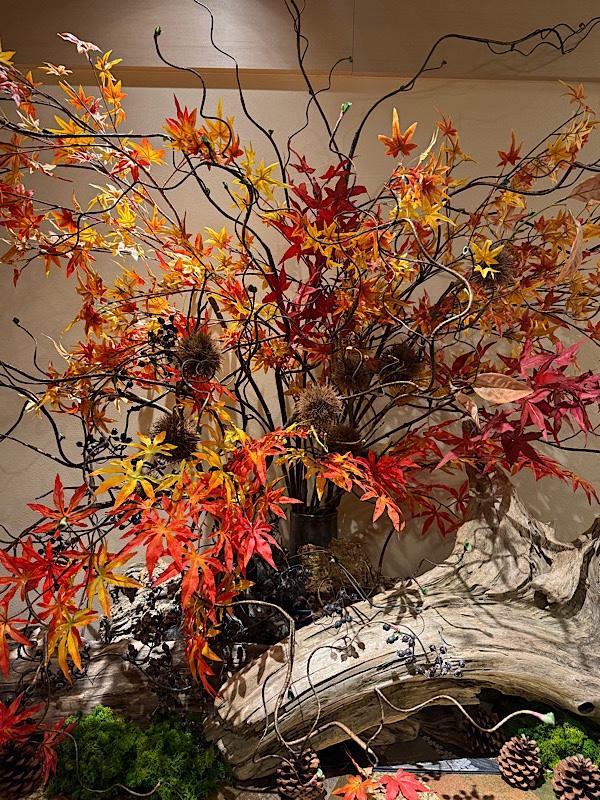
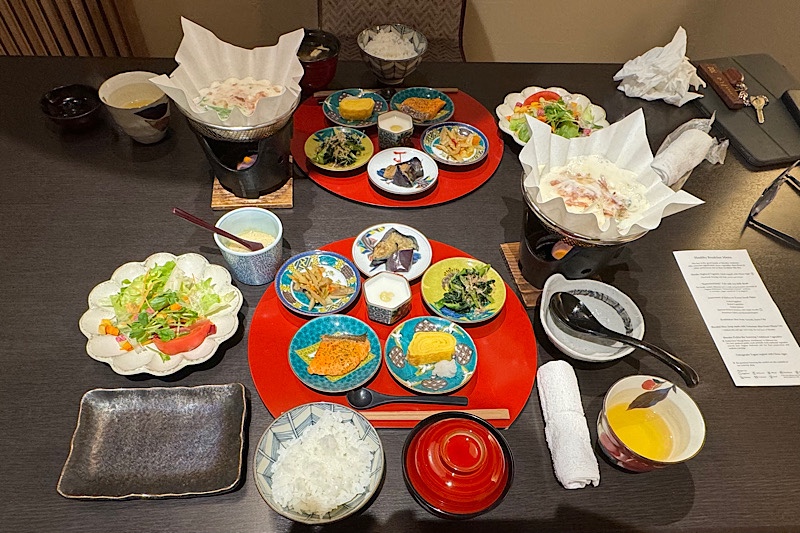
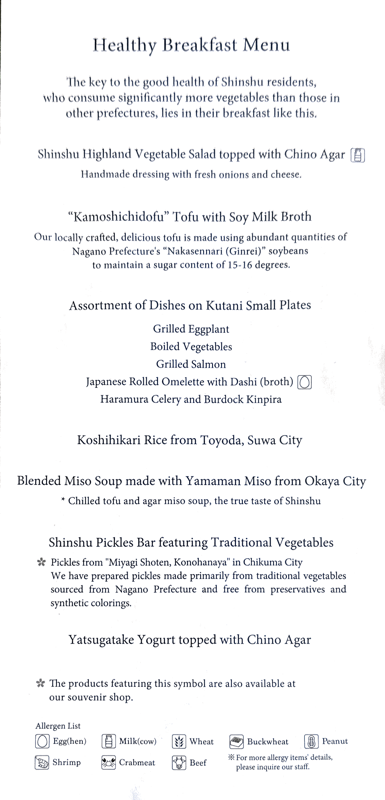
Salmon, tomato, salad, pickles, eggplant, miso, tofu in soy milk, rice, yoghurt – there was even an impressive pickle bar to select your condiments from. Oishi!
*Japan actually has very low Covid rates at the moment – and people are often masked in tight indoor spaces or keeping a polite distance wherever possible.

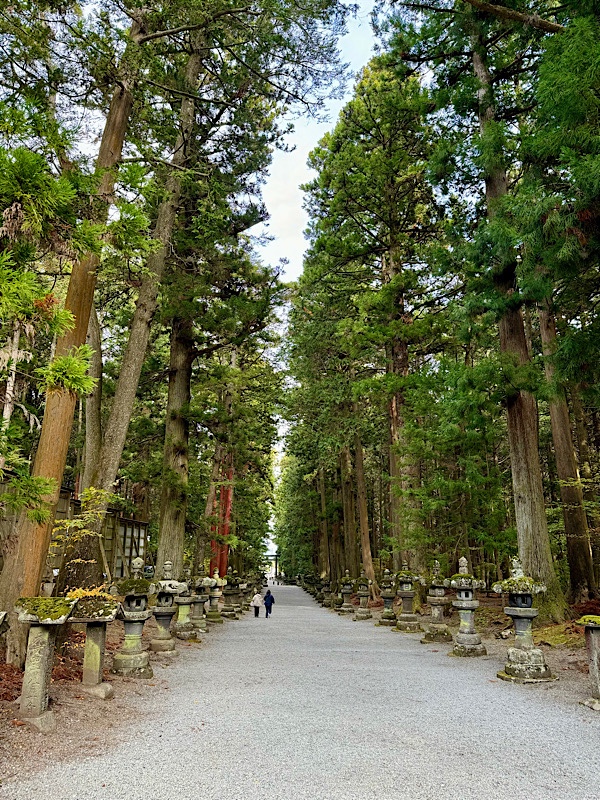 The shrine itself is considered the ‘head shrine’ of some 1300 other shrines that proliferate the region.
The shrine itself is considered the ‘head shrine’ of some 1300 other shrines that proliferate the region. 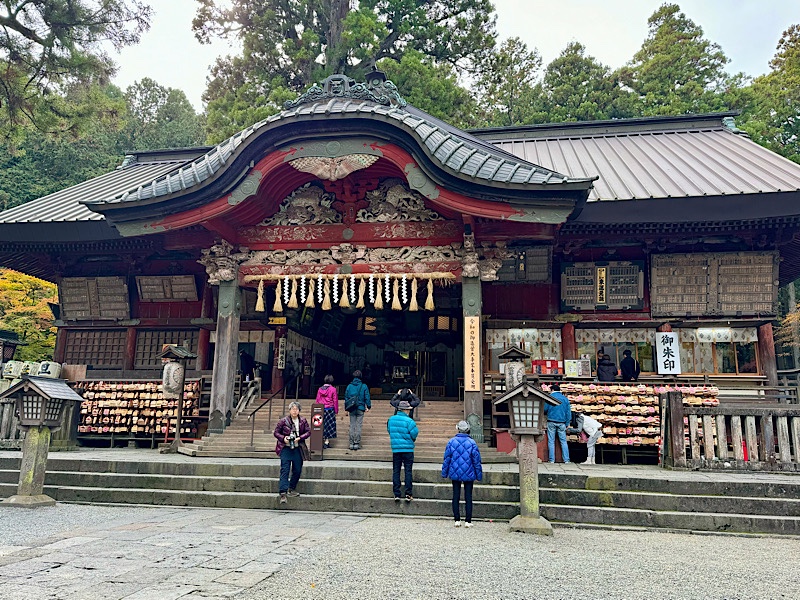
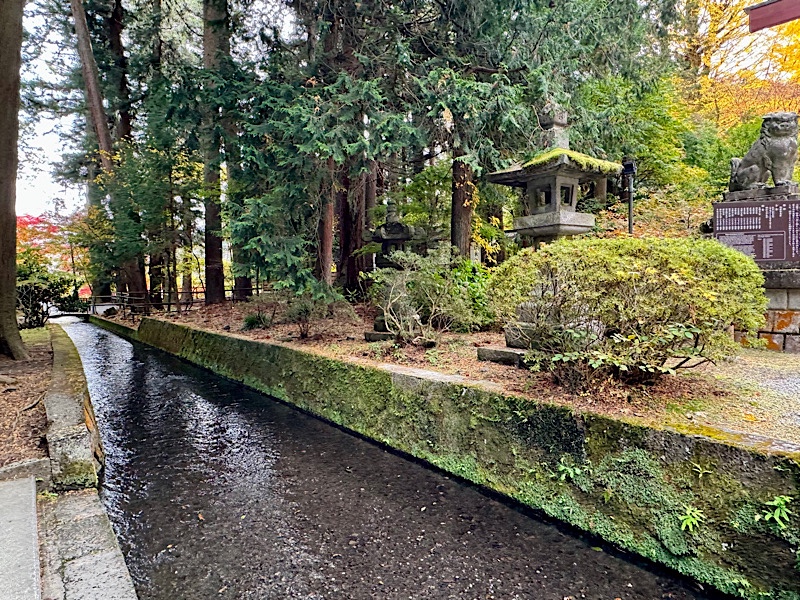
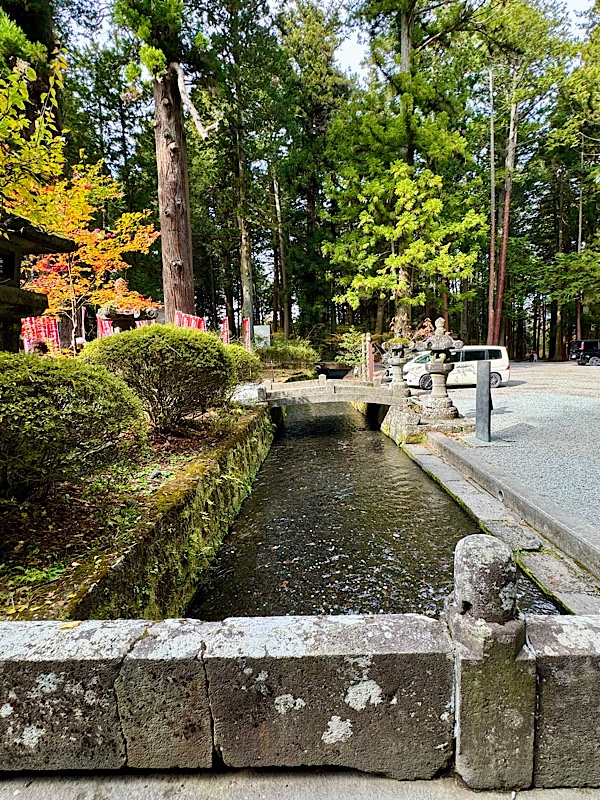
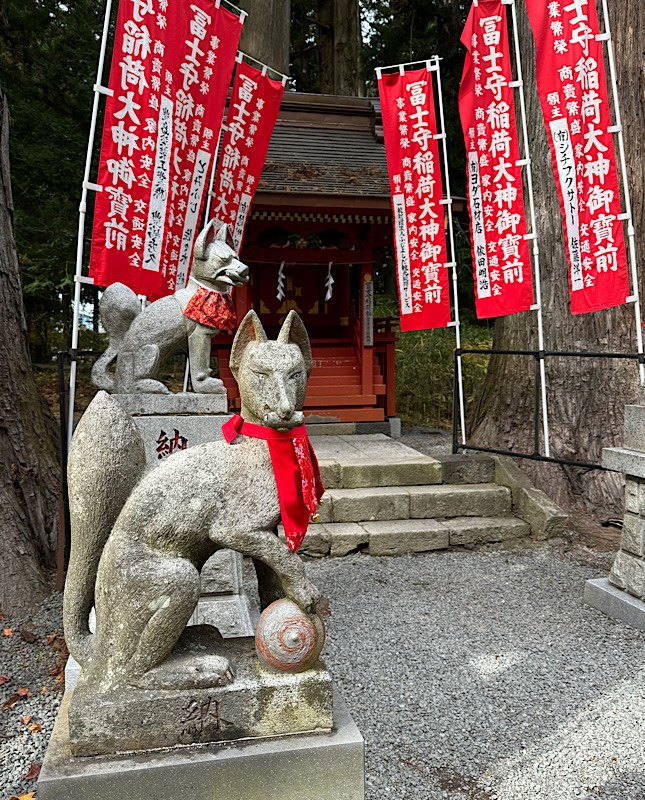
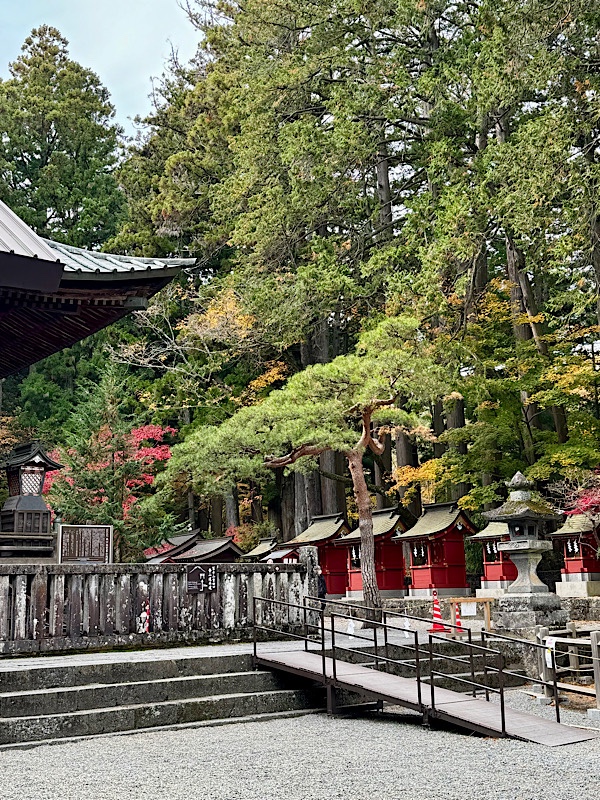
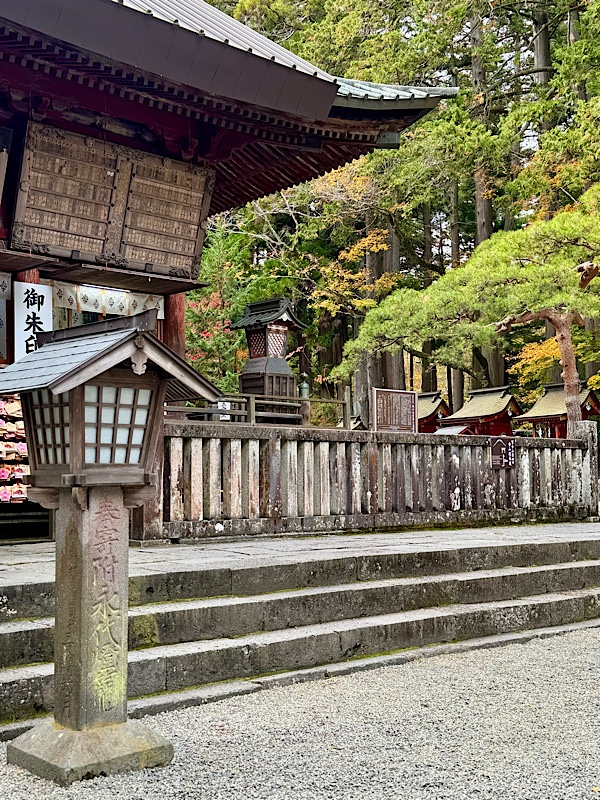 Not for the first time, I find myself wishing I could read Japanese to see what prayers and wishes people have written on the votive wooden plaques they have left for the goddess.
Not for the first time, I find myself wishing I could read Japanese to see what prayers and wishes people have written on the votive wooden plaques they have left for the goddess. 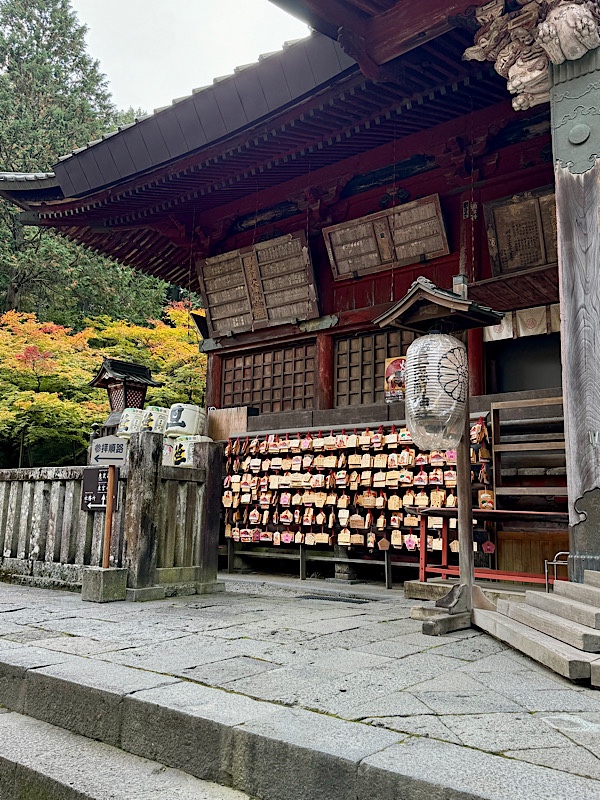
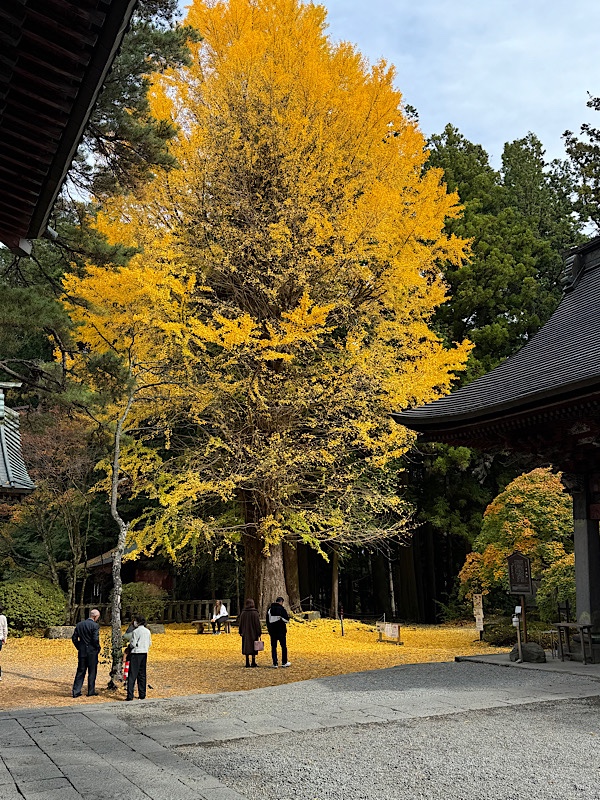
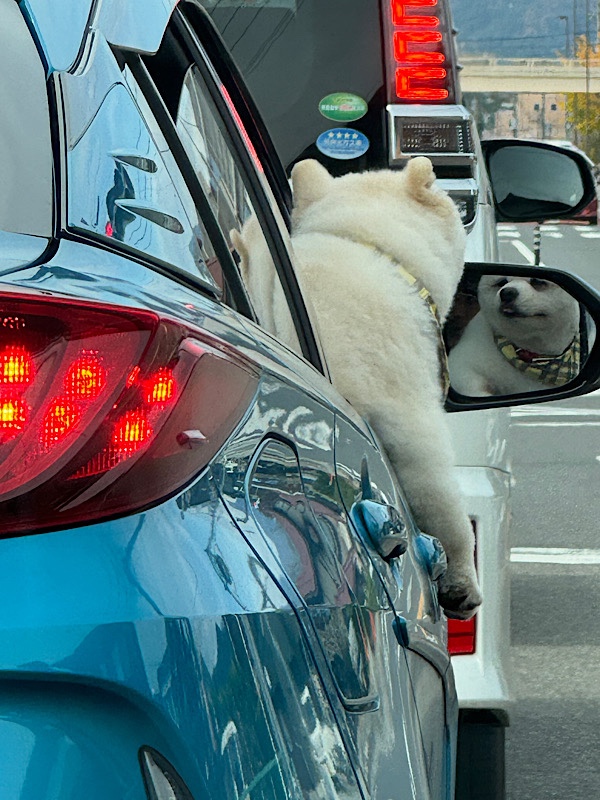
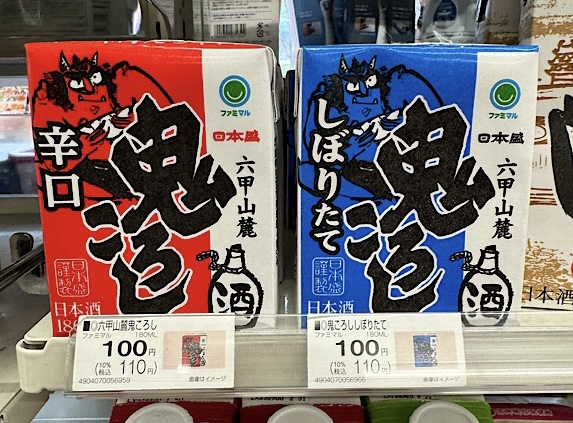
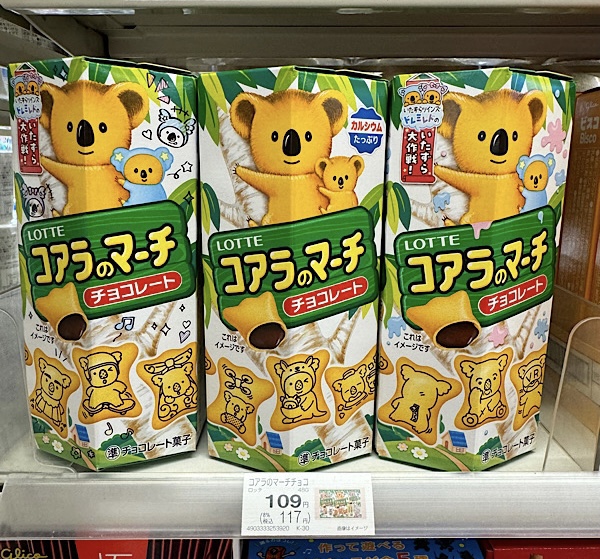
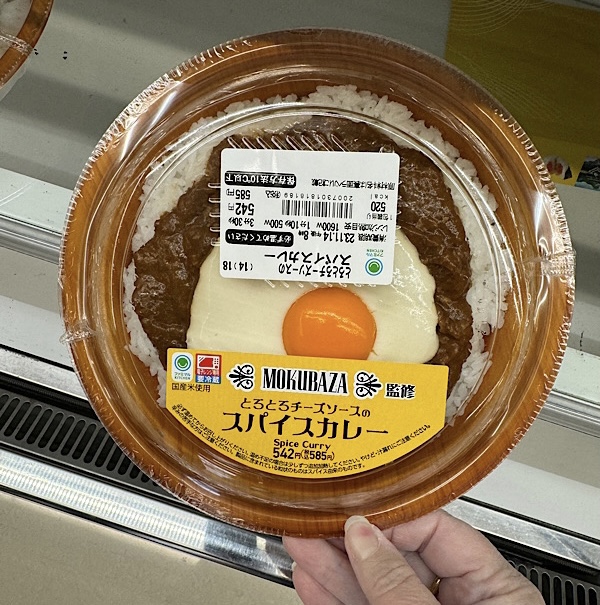
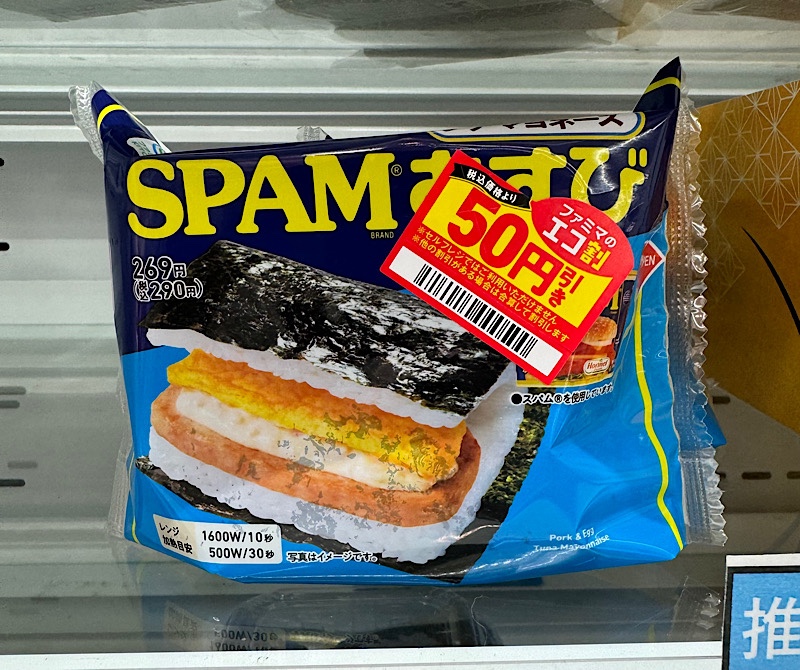
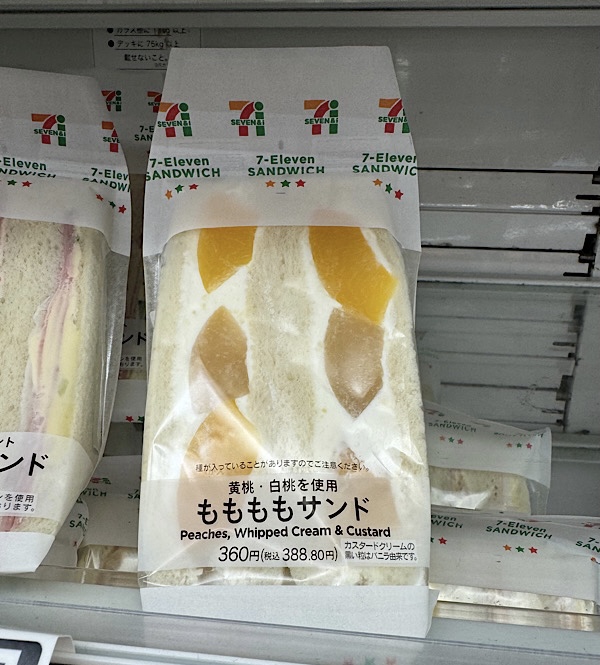
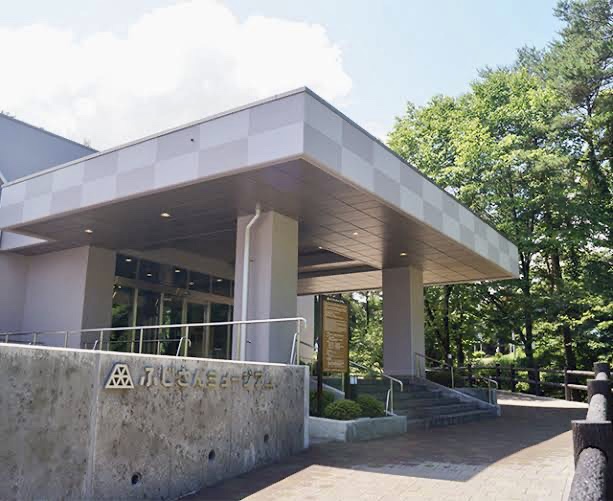
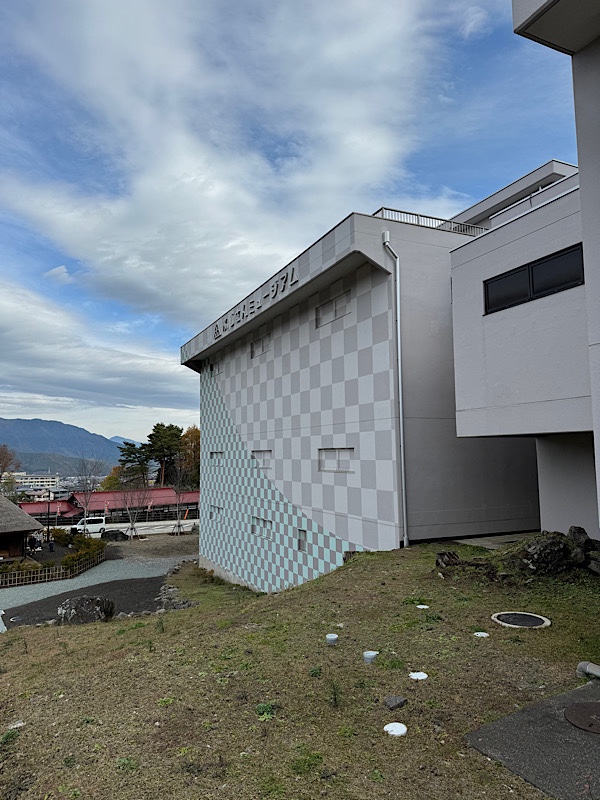 Much of the walkways and underpasses around the museum were constructed of lava formed stones/rock…
Much of the walkways and underpasses around the museum were constructed of lava formed stones/rock…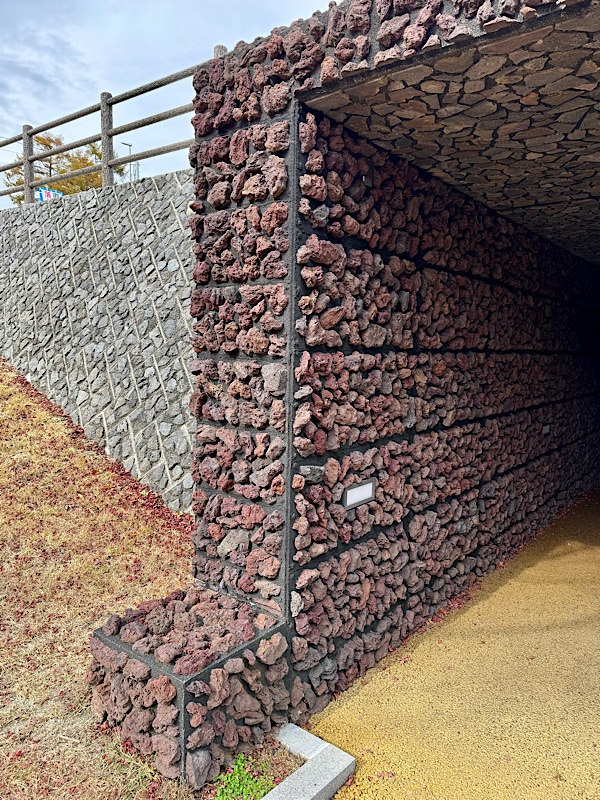
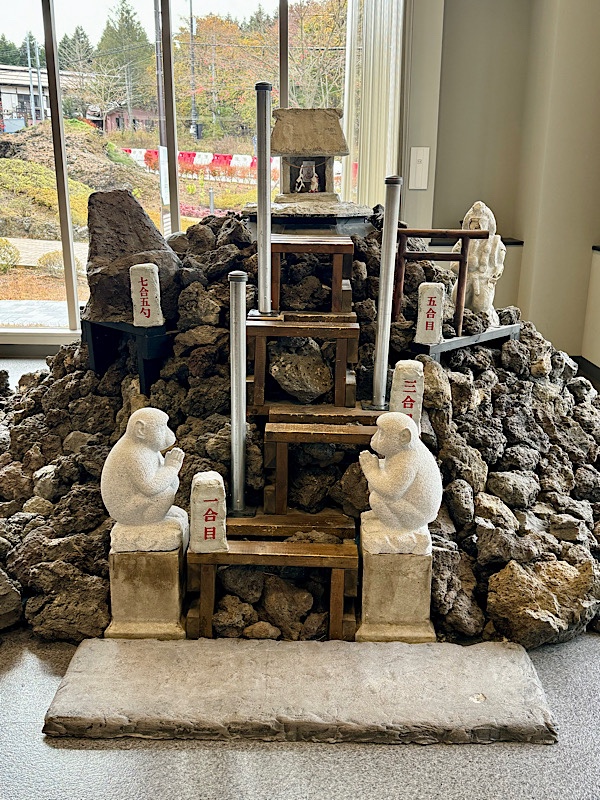

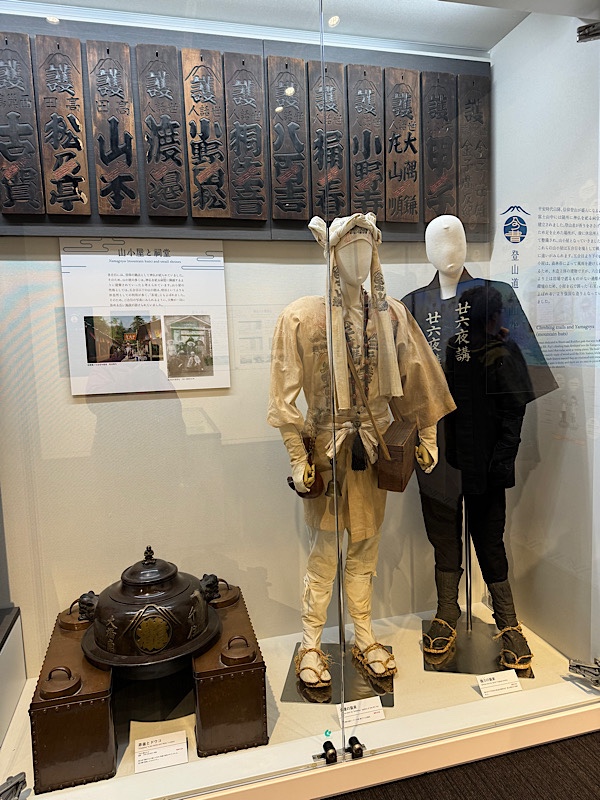
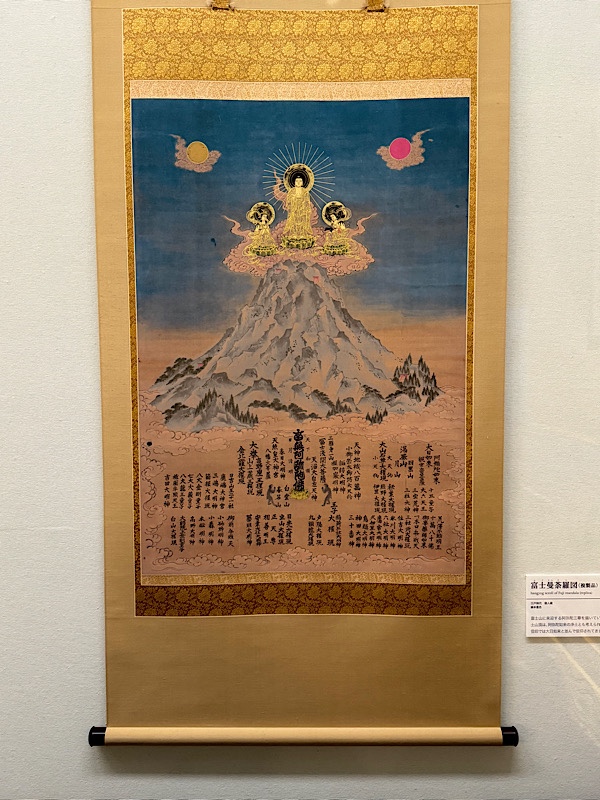
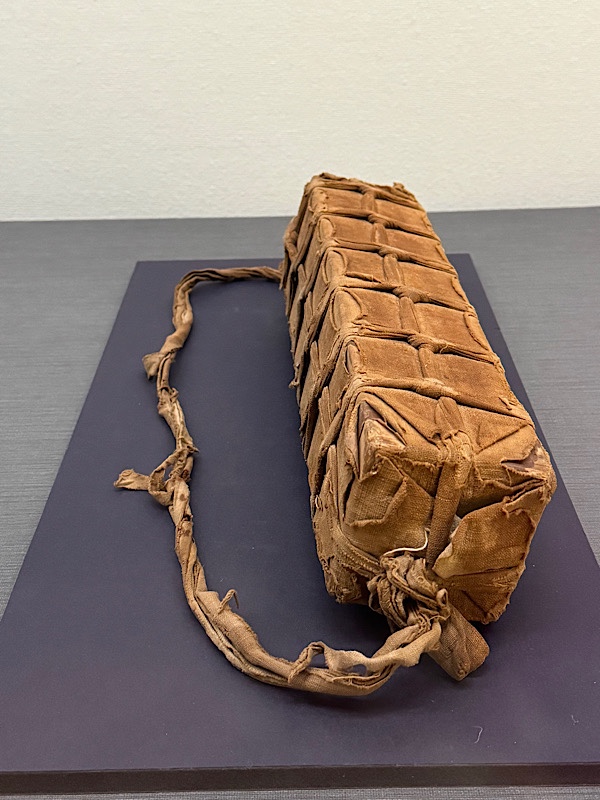
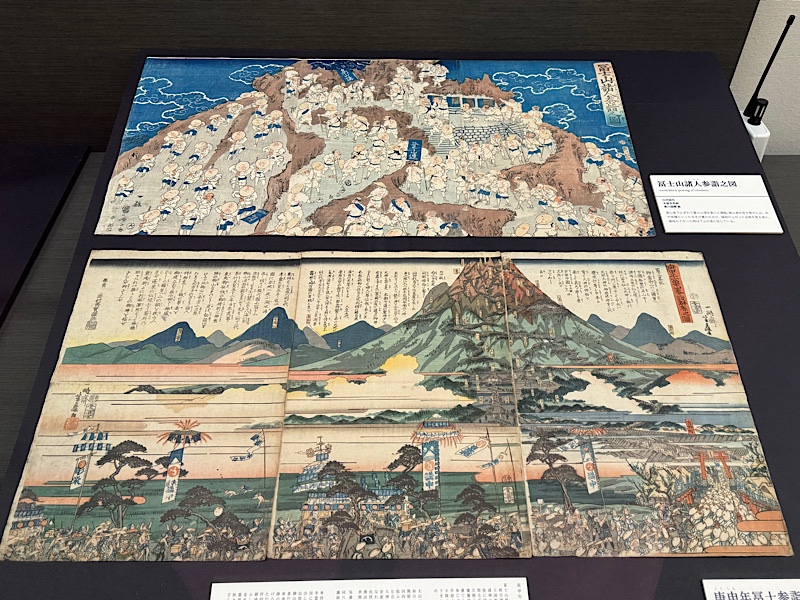
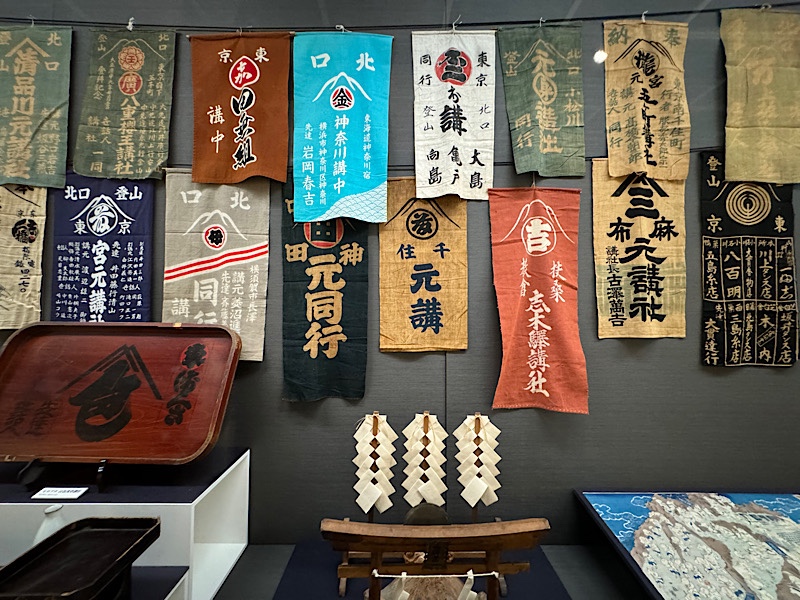
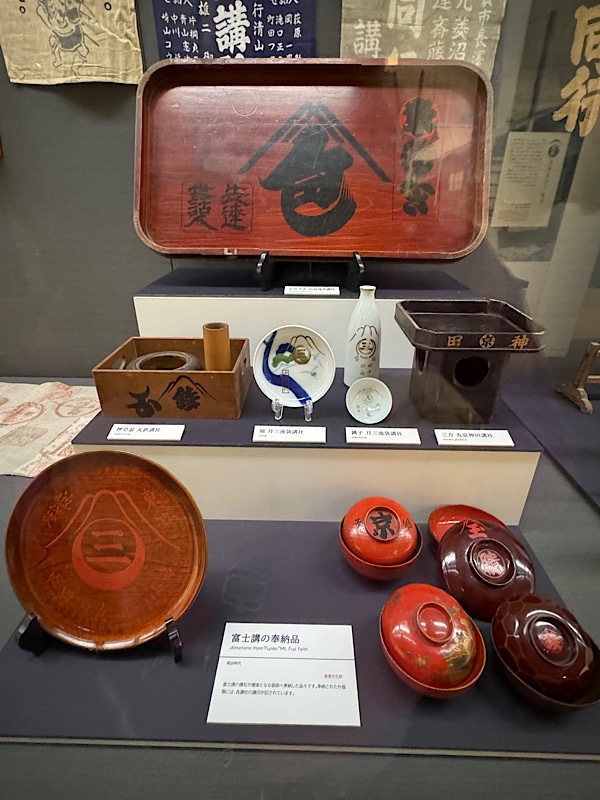
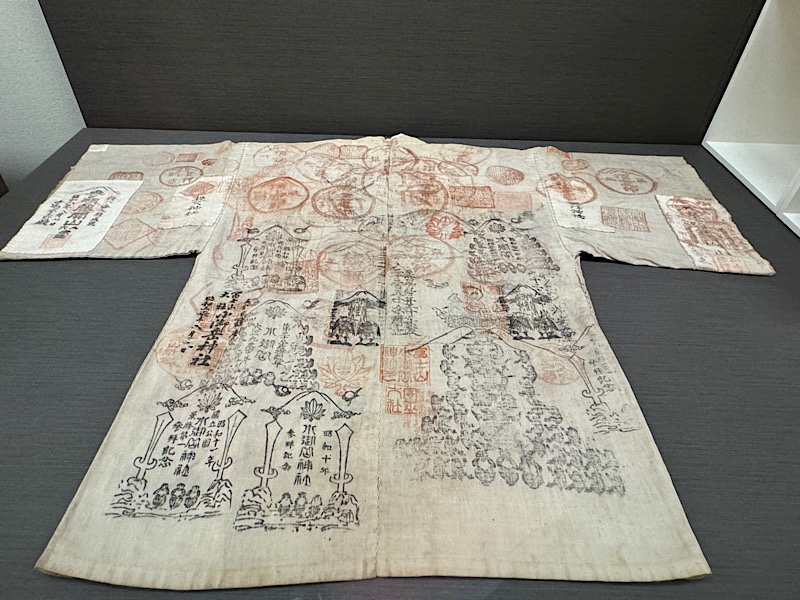
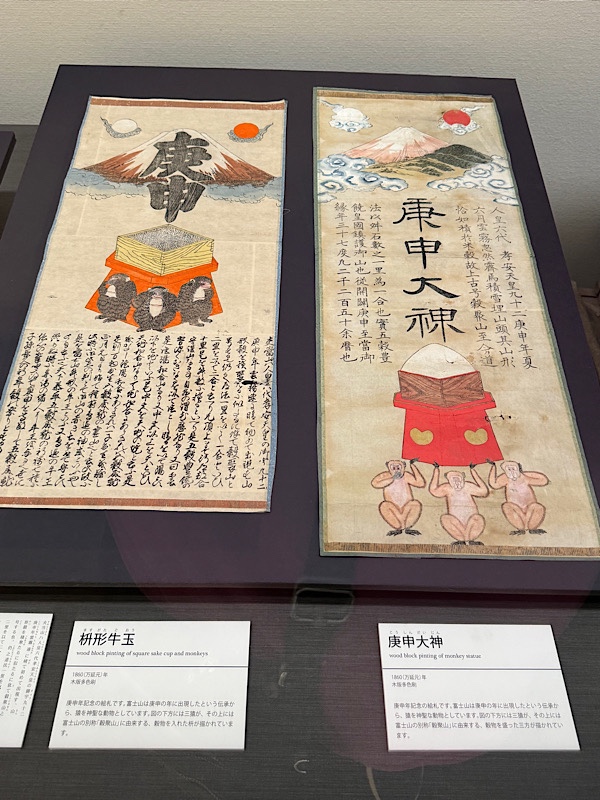
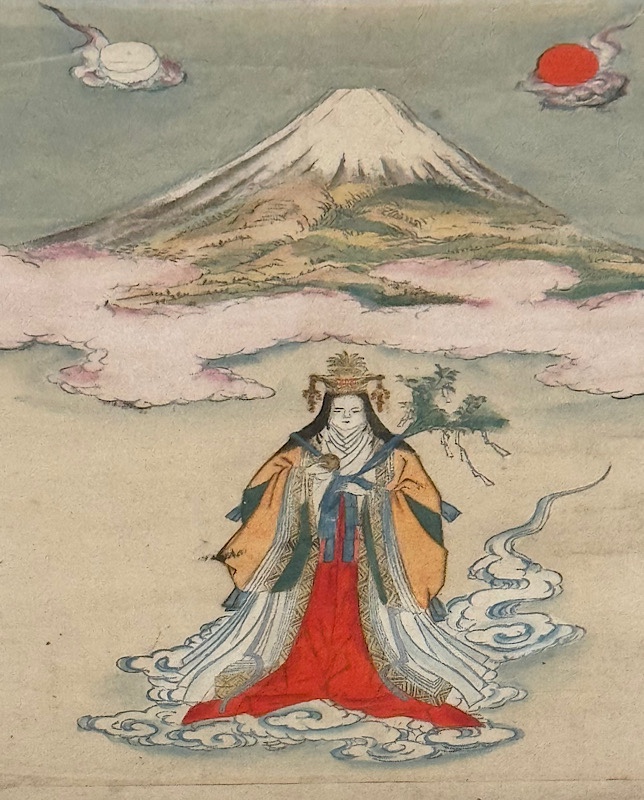
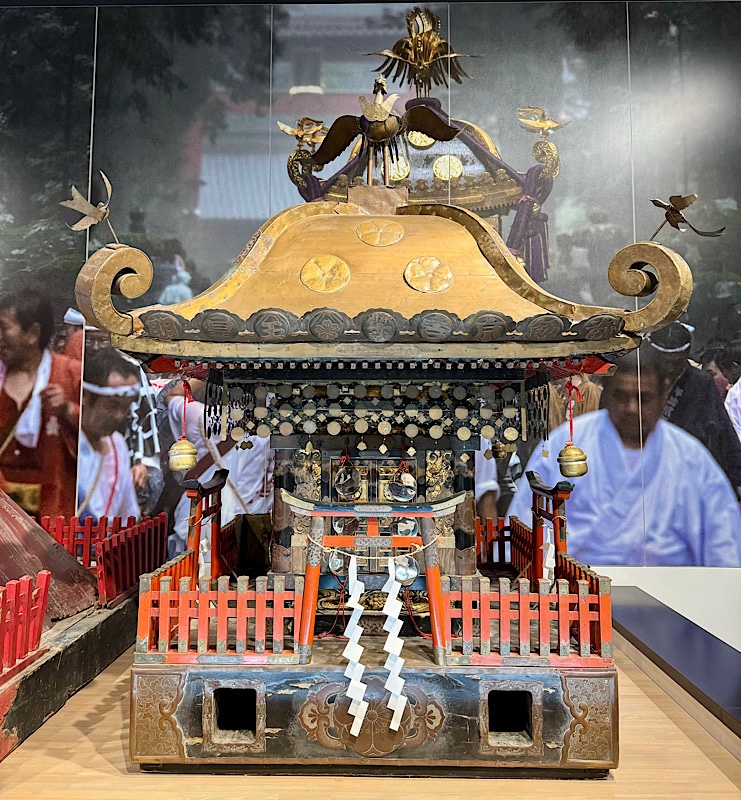
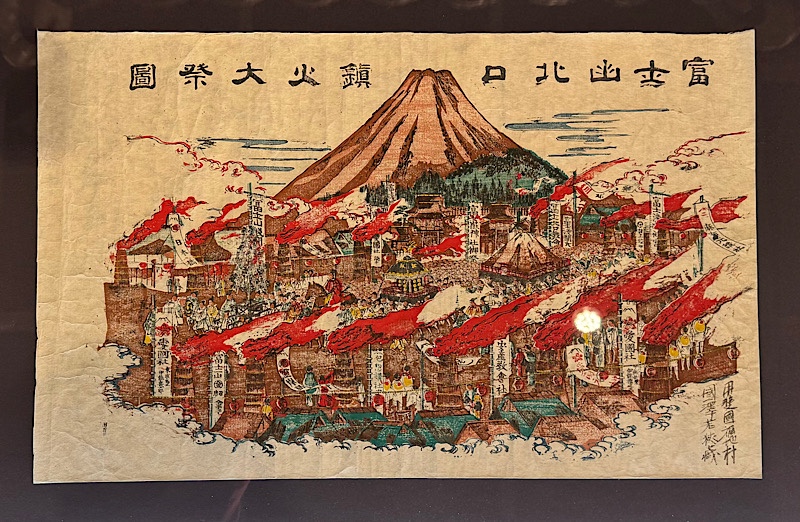
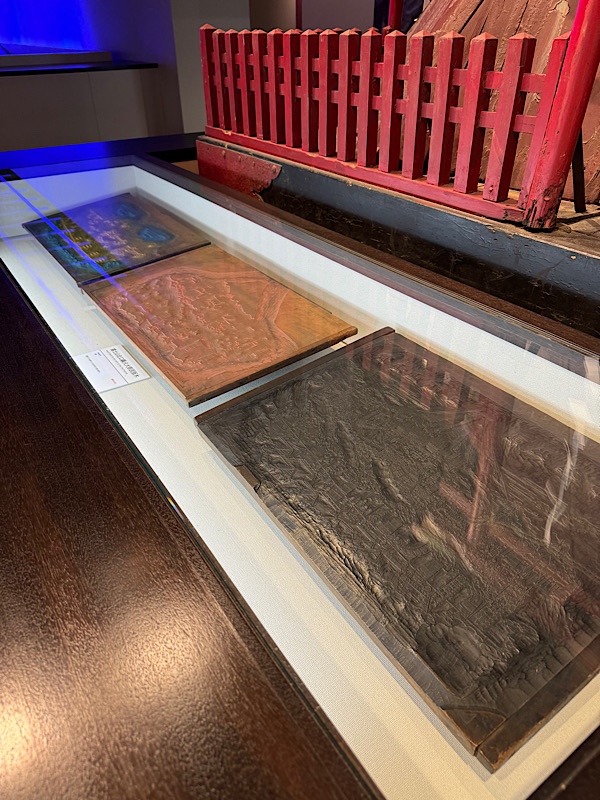
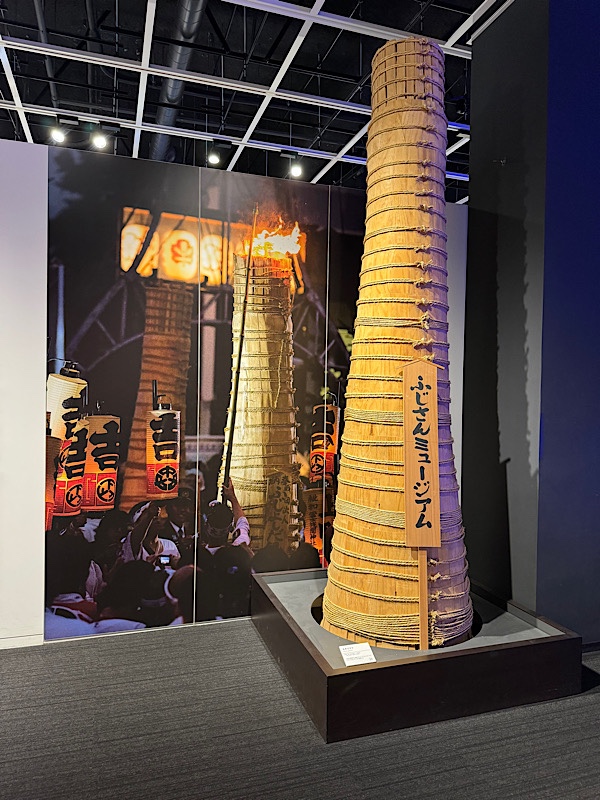 A personal hand mirror with a motif of Mt Fuji from the Edo Period, considered a sacred object.
A personal hand mirror with a motif of Mt Fuji from the Edo Period, considered a sacred object. A piece of molten rock that turned into a projectile during an eruption on Mt Fuji.
A piece of molten rock that turned into a projectile during an eruption on Mt Fuji.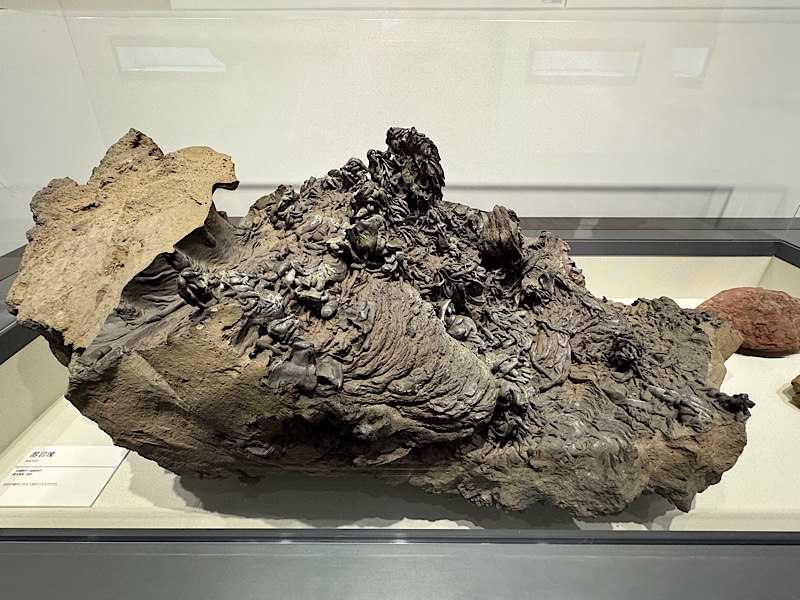 The various strata formed by the repeated eruptions – 8m high.
The various strata formed by the repeated eruptions – 8m high.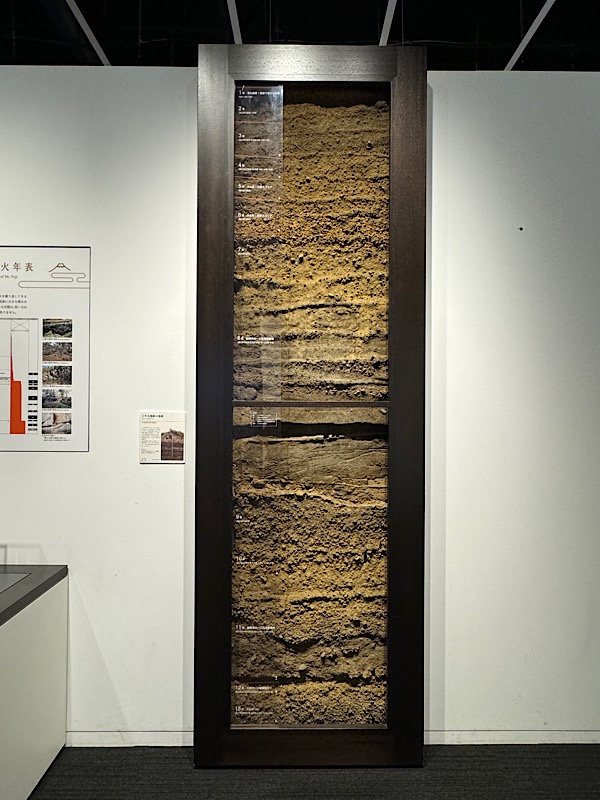 Model of Jason Period home…
Model of Jason Period home…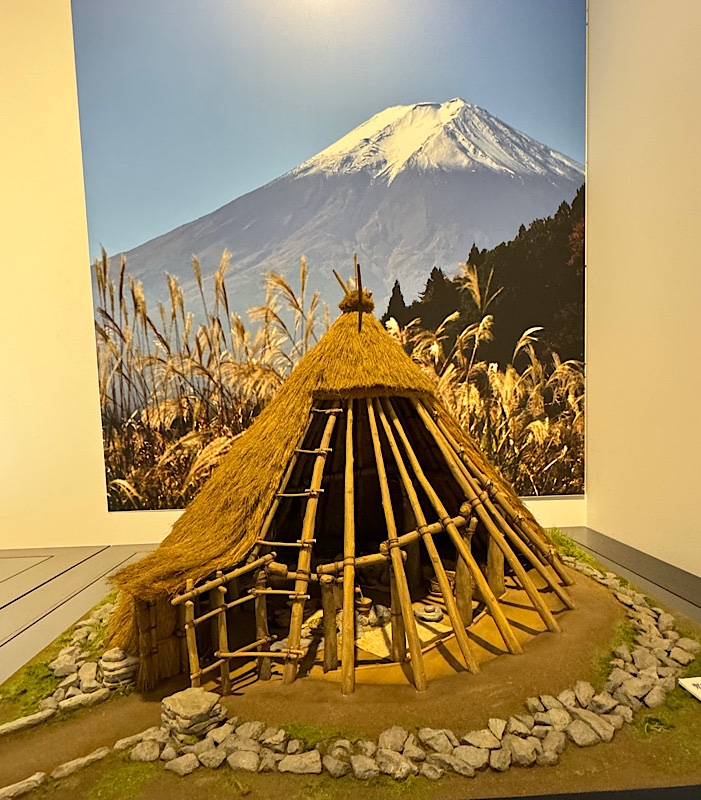 The area has also long been known for it’s textiles, particularly silk, and more recently has gained world renown for its linen manufacturing as well.
The area has also long been known for it’s textiles, particularly silk, and more recently has gained world renown for its linen manufacturing as well. 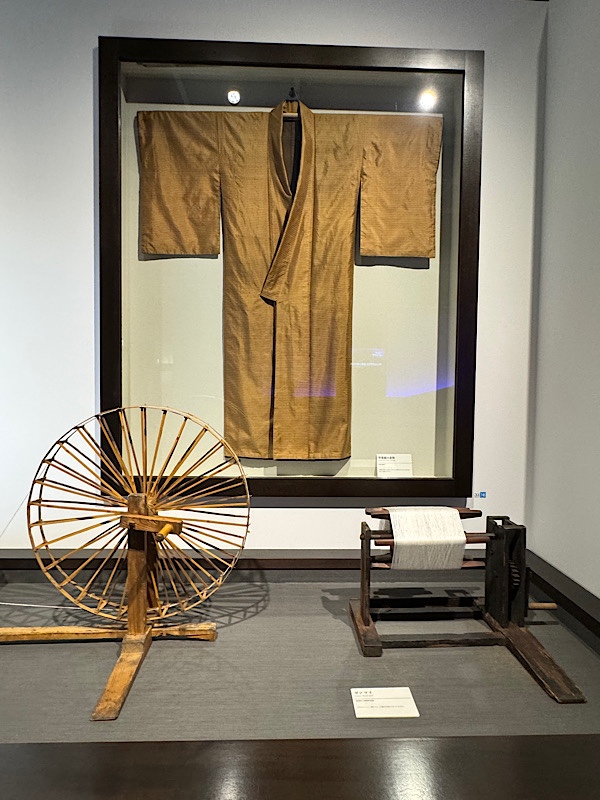
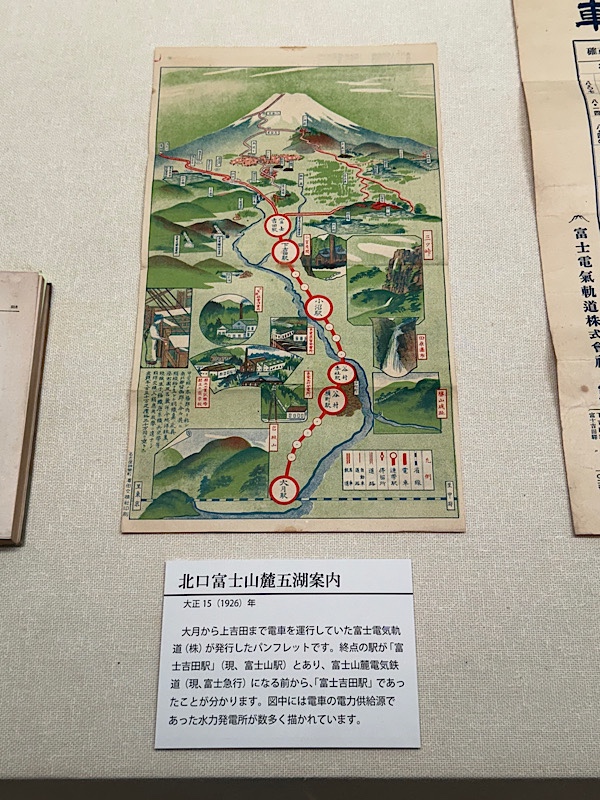 This from 1964…
This from 1964… 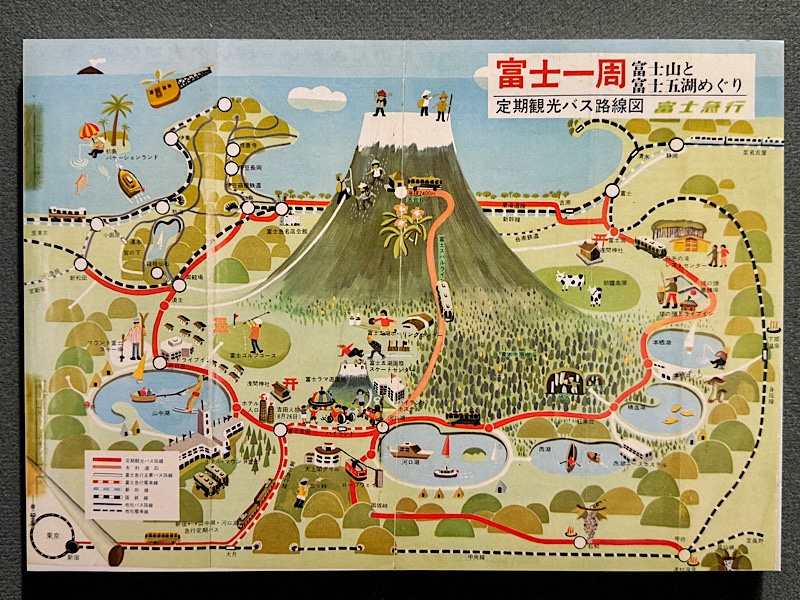 And this a contemporary map showing the different routes that hikers take to the summit.
And this a contemporary map showing the different routes that hikers take to the summit.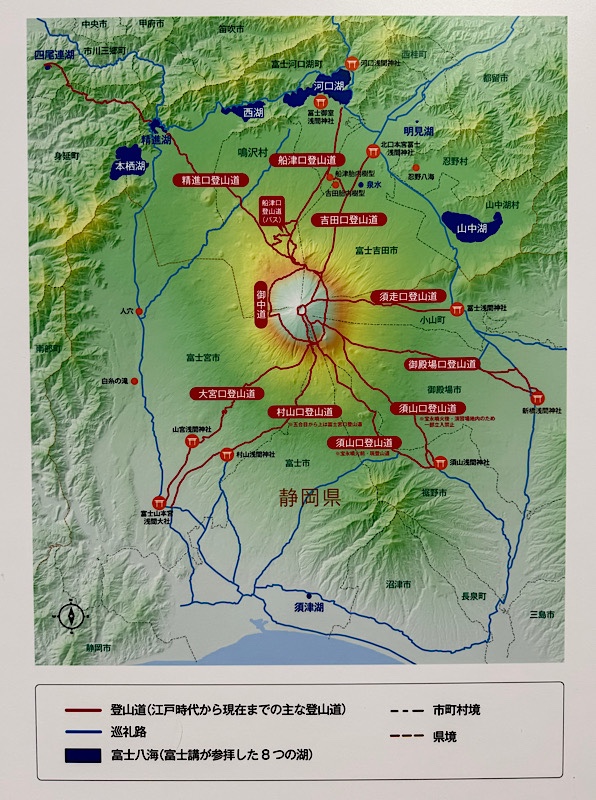
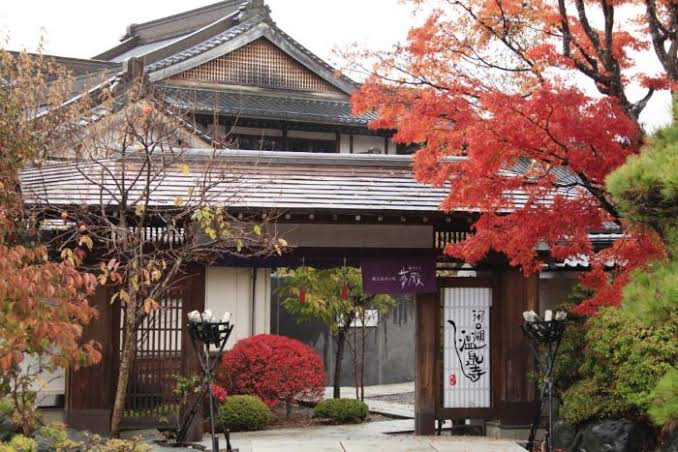
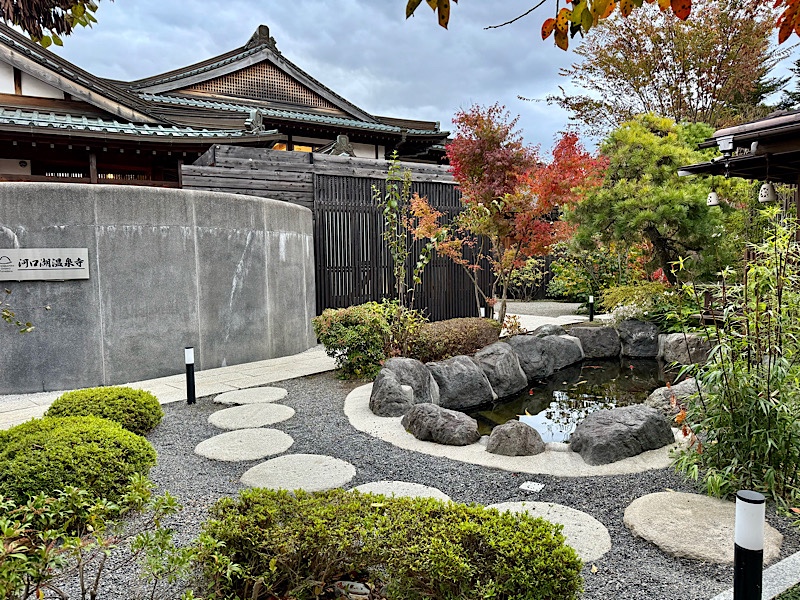
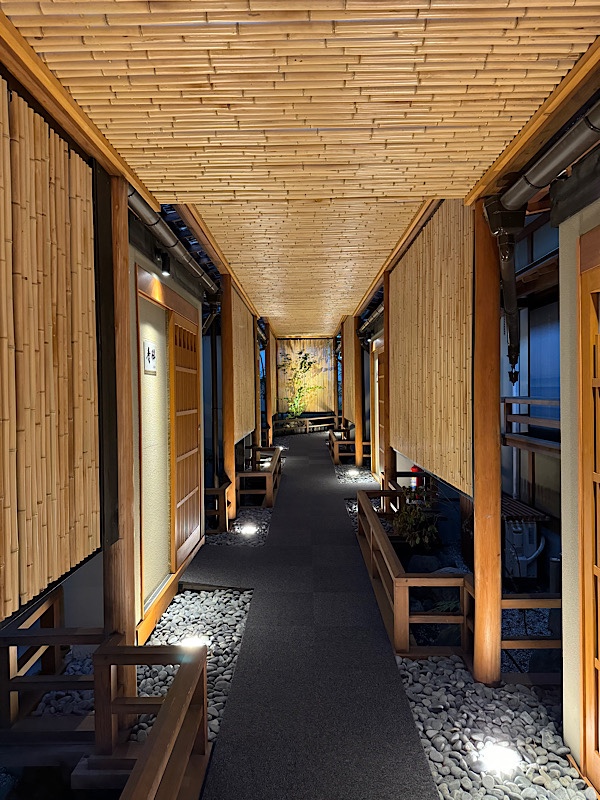
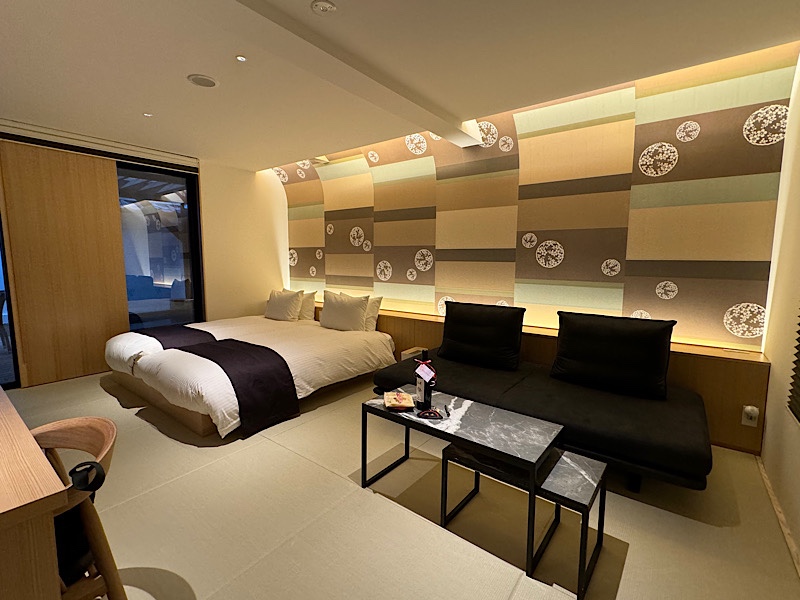
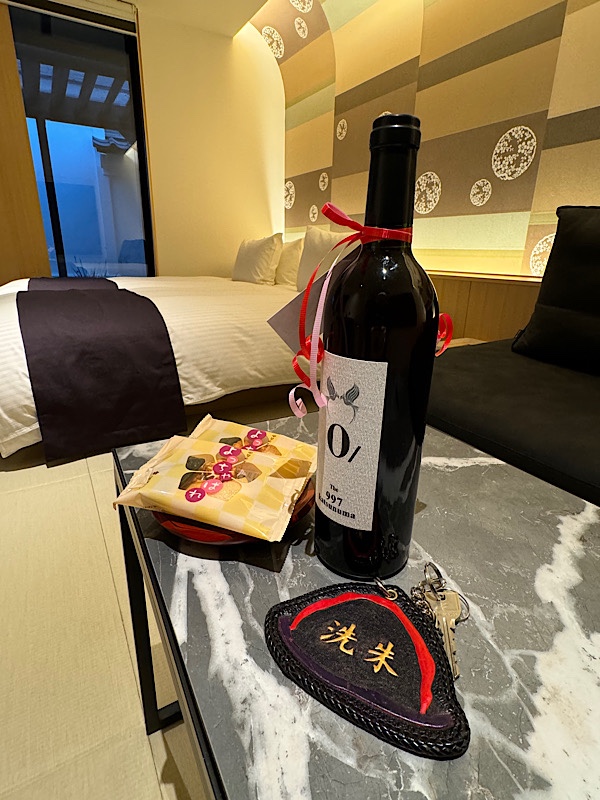
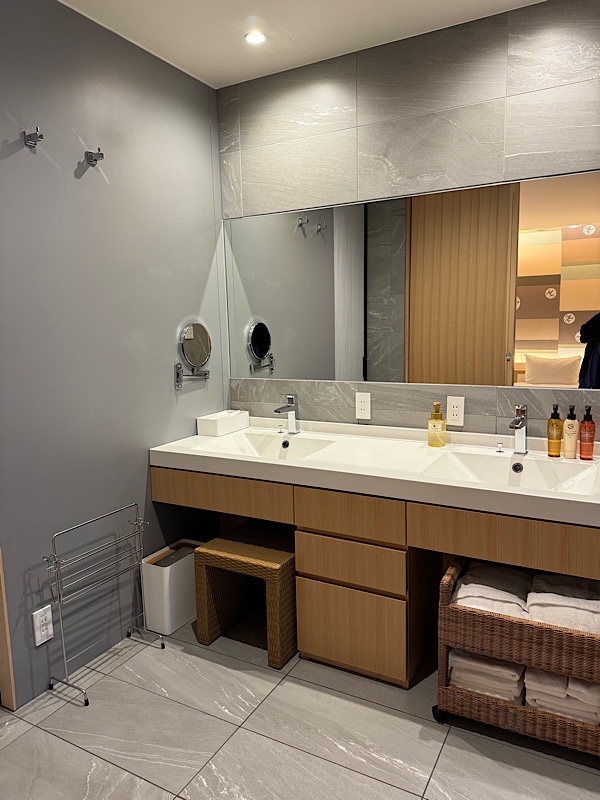
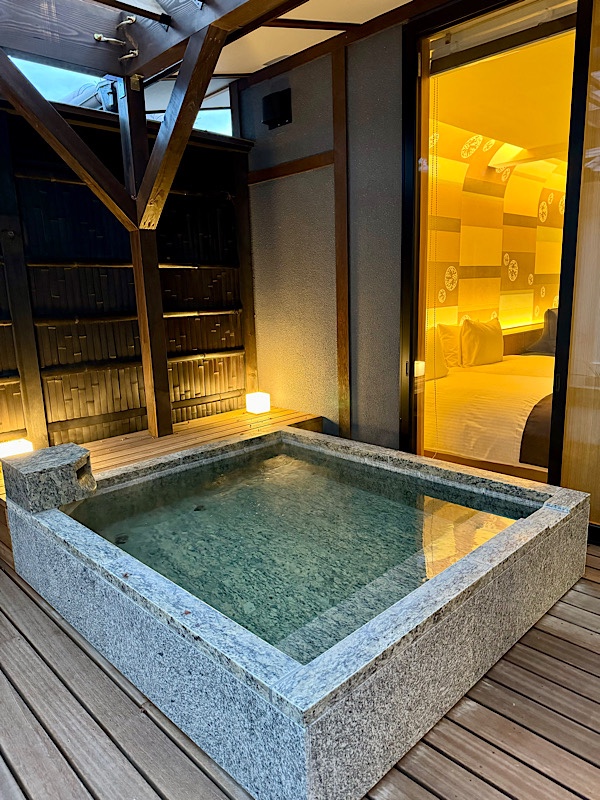
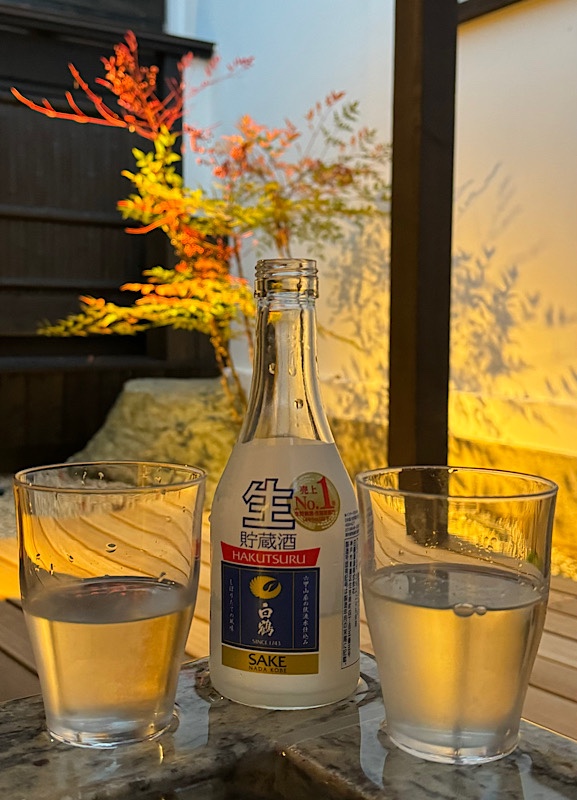
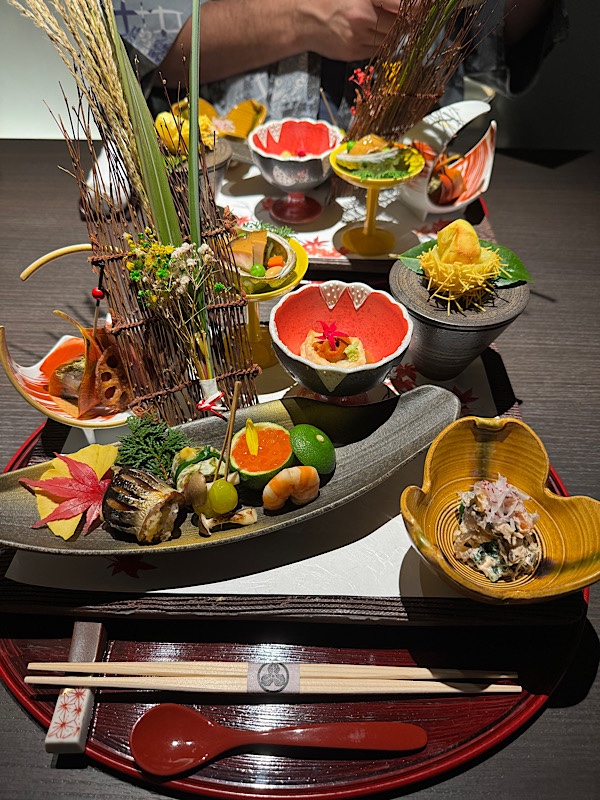
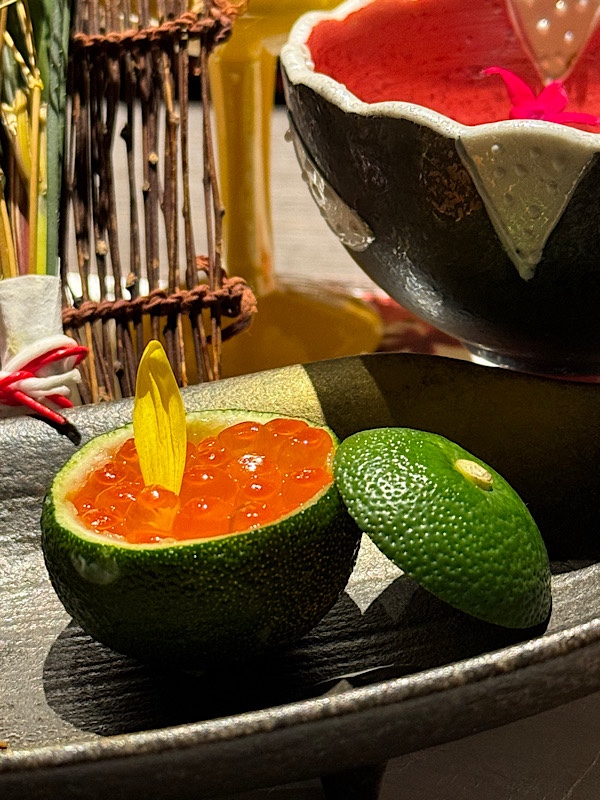 After that was (what turned out to be my favourite), a turtle soup with shark fin – this was delicious with rich umami flavours. Mr K was too busy watching me in raptures to appropriately appreciate it, in my humble opinion. 😉
After that was (what turned out to be my favourite), a turtle soup with shark fin – this was delicious with rich umami flavours. Mr K was too busy watching me in raptures to appropriately appreciate it, in my humble opinion. 😉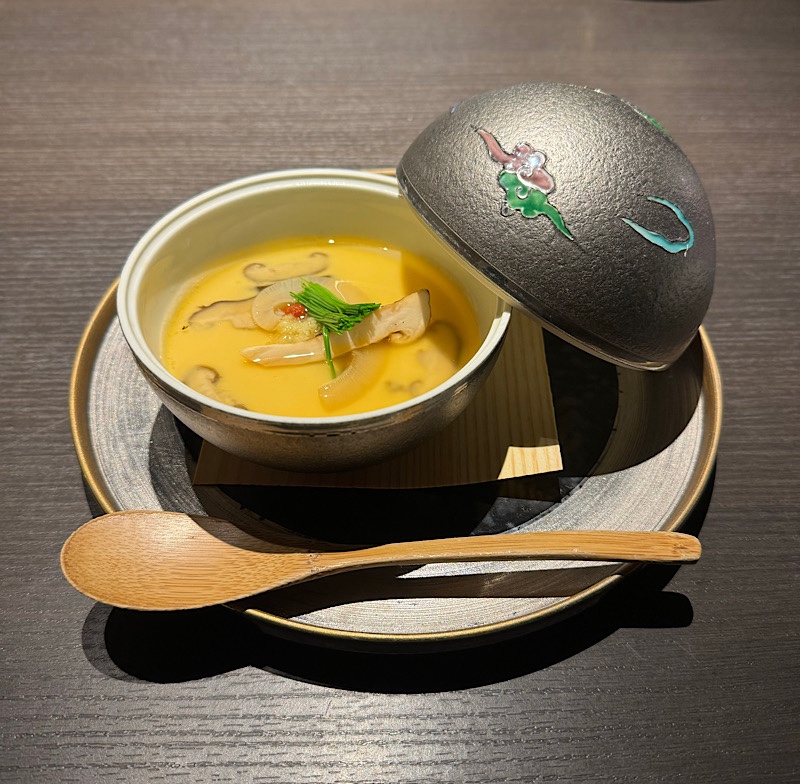
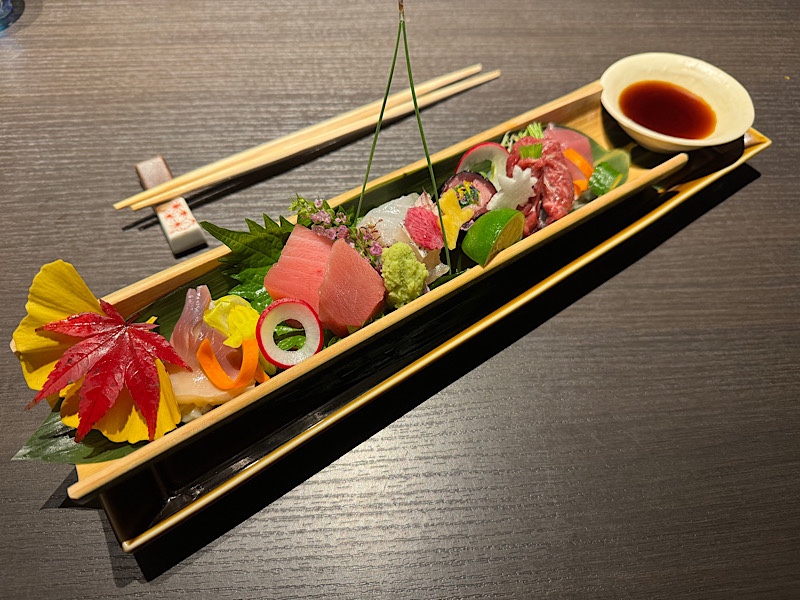
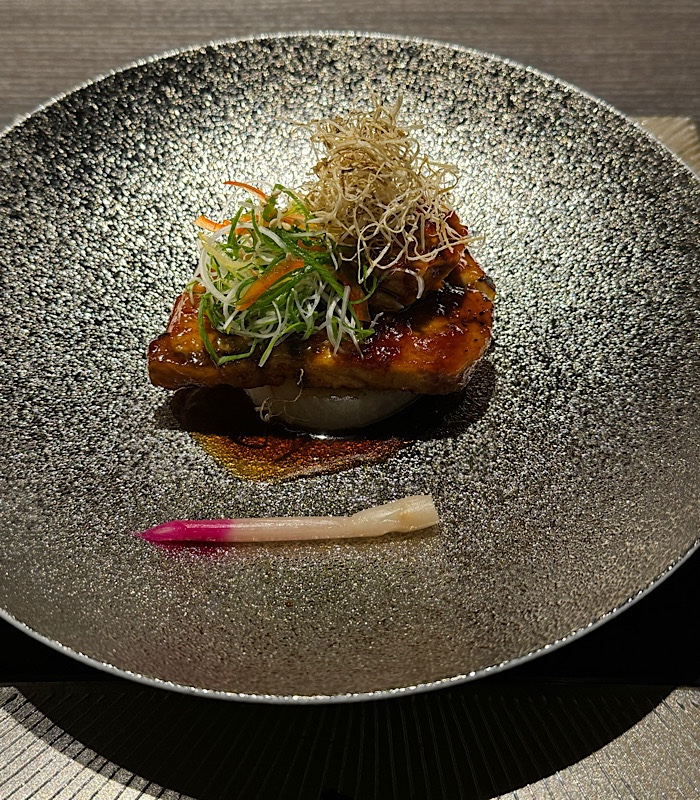
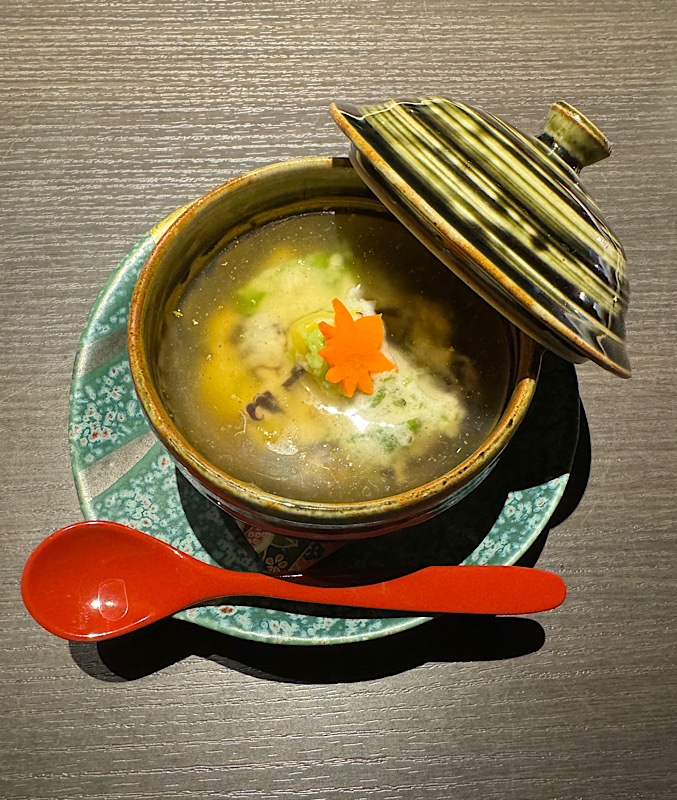
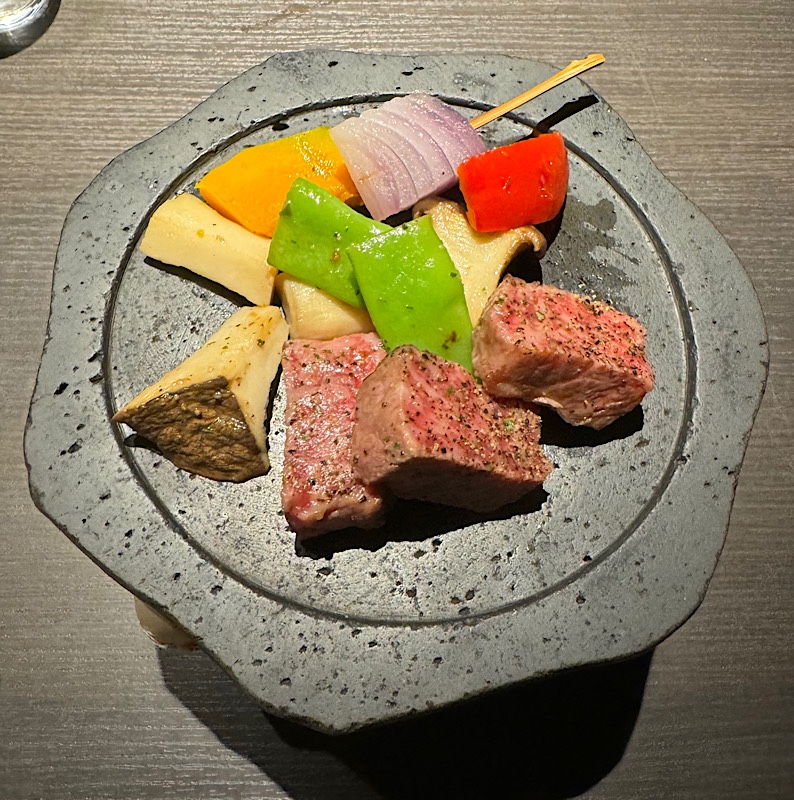
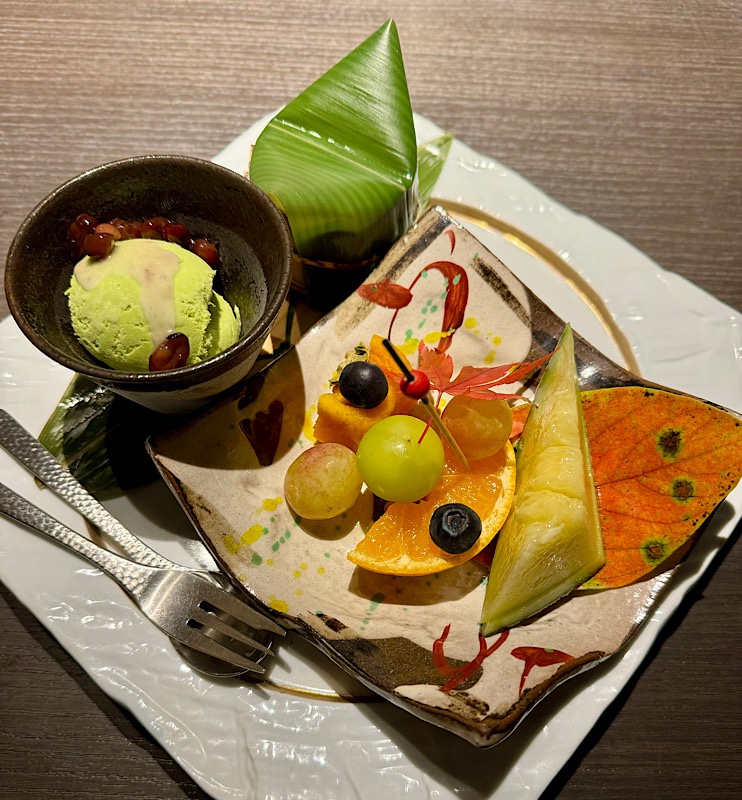

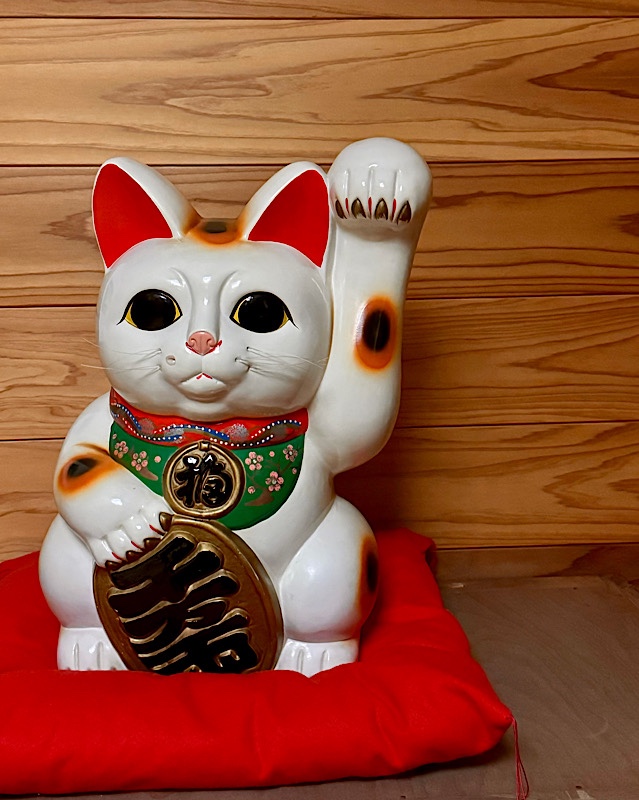
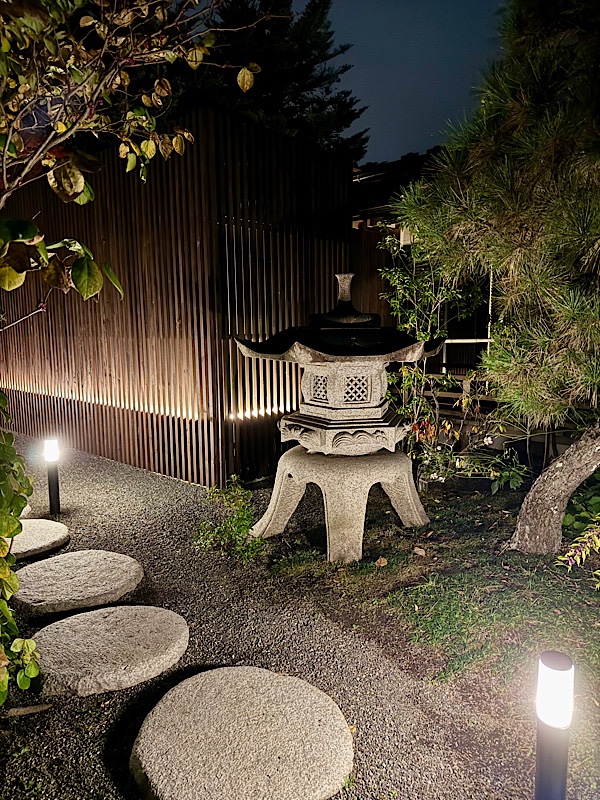
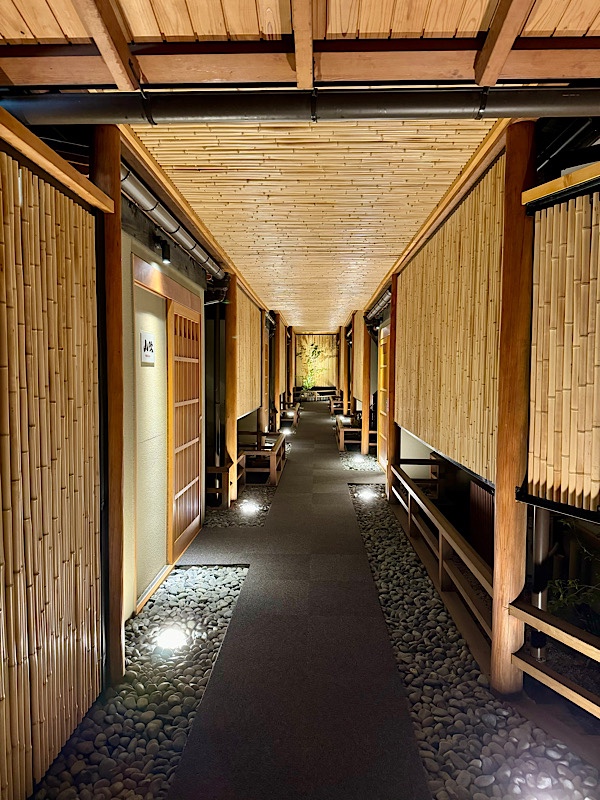
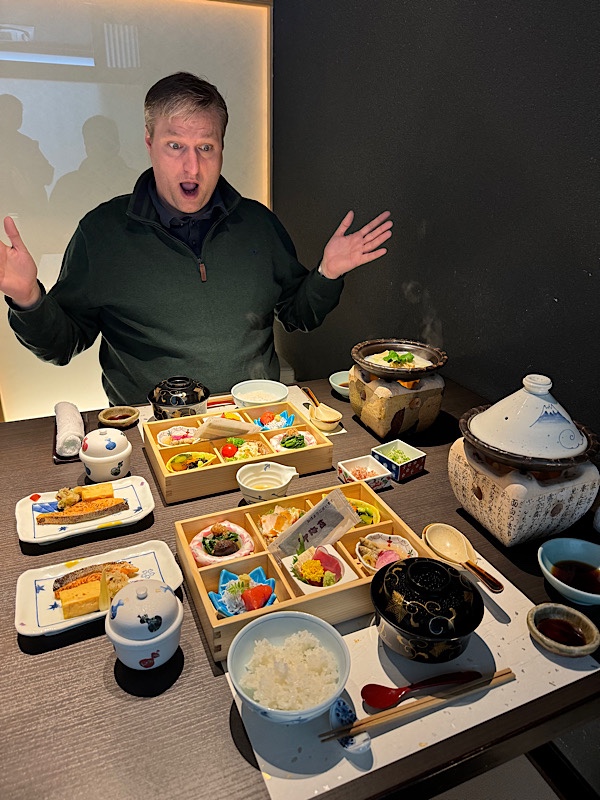 Breakfast was full of all good things – miso soup, grilled salmon, tamago, mushrooms, pickles, tuna, fruit! So much food…
Breakfast was full of all good things – miso soup, grilled salmon, tamago, mushrooms, pickles, tuna, fruit! So much food…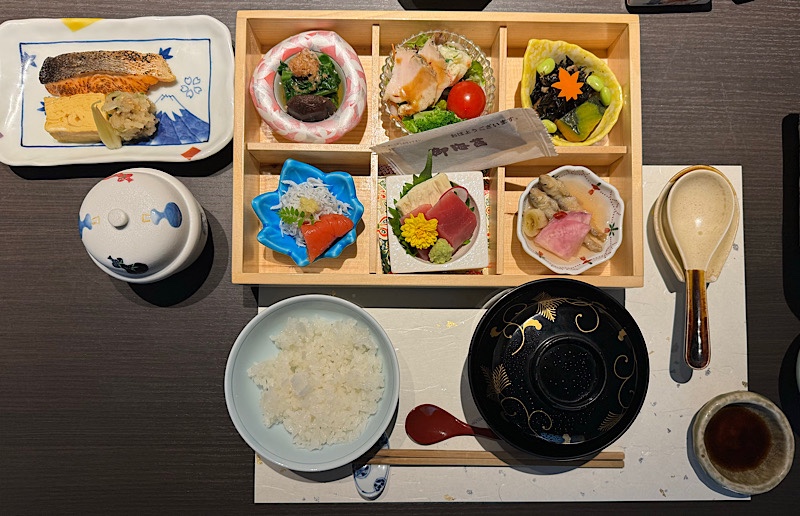
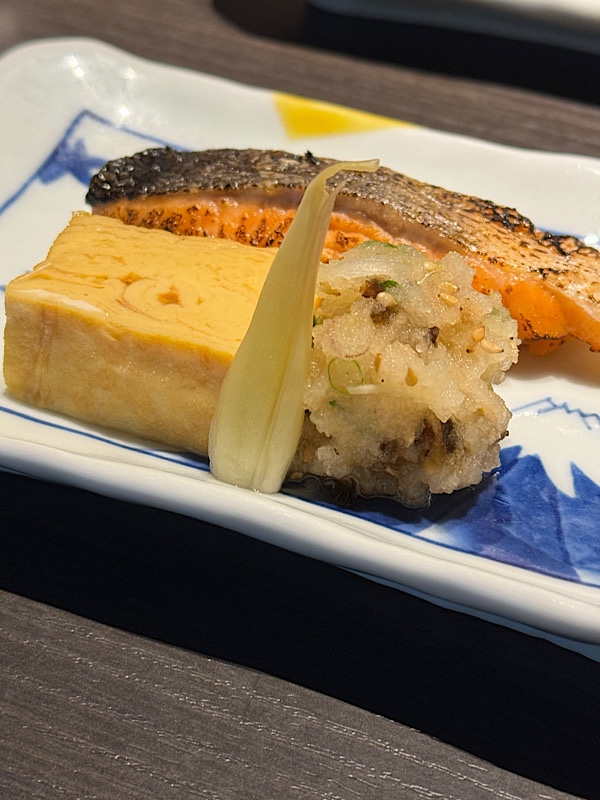
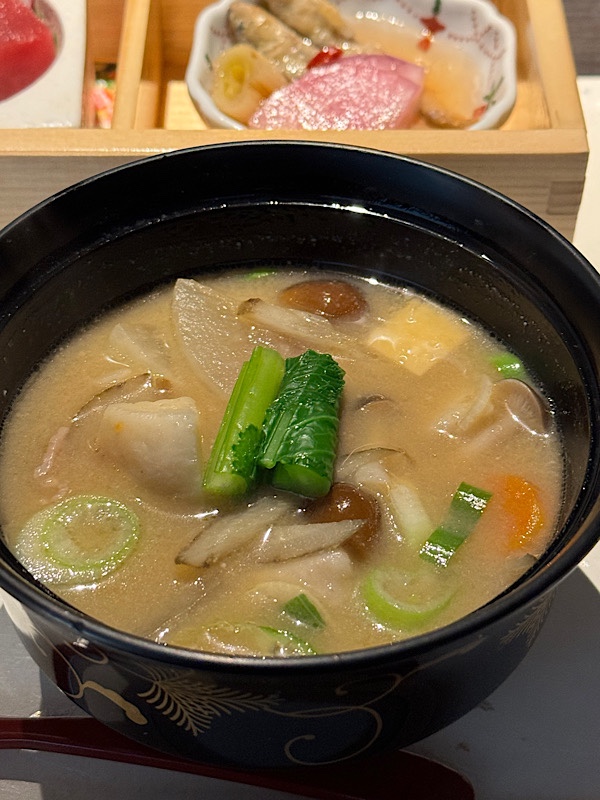 I couldn’t believe we nearly finished the lot and just left the garnish. After that we went for a wee hunt around the ryokan and saw the little shrine and public area where there was complimentary tea, coffee, soft drink and snacks. Then of course it was back into the onsen bath for a final soak before packing up and checking out… I would highly recommend this as a destination in the area. Everything was simply lovely.
I couldn’t believe we nearly finished the lot and just left the garnish. After that we went for a wee hunt around the ryokan and saw the little shrine and public area where there was complimentary tea, coffee, soft drink and snacks. Then of course it was back into the onsen bath for a final soak before packing up and checking out… I would highly recommend this as a destination in the area. Everything was simply lovely. 